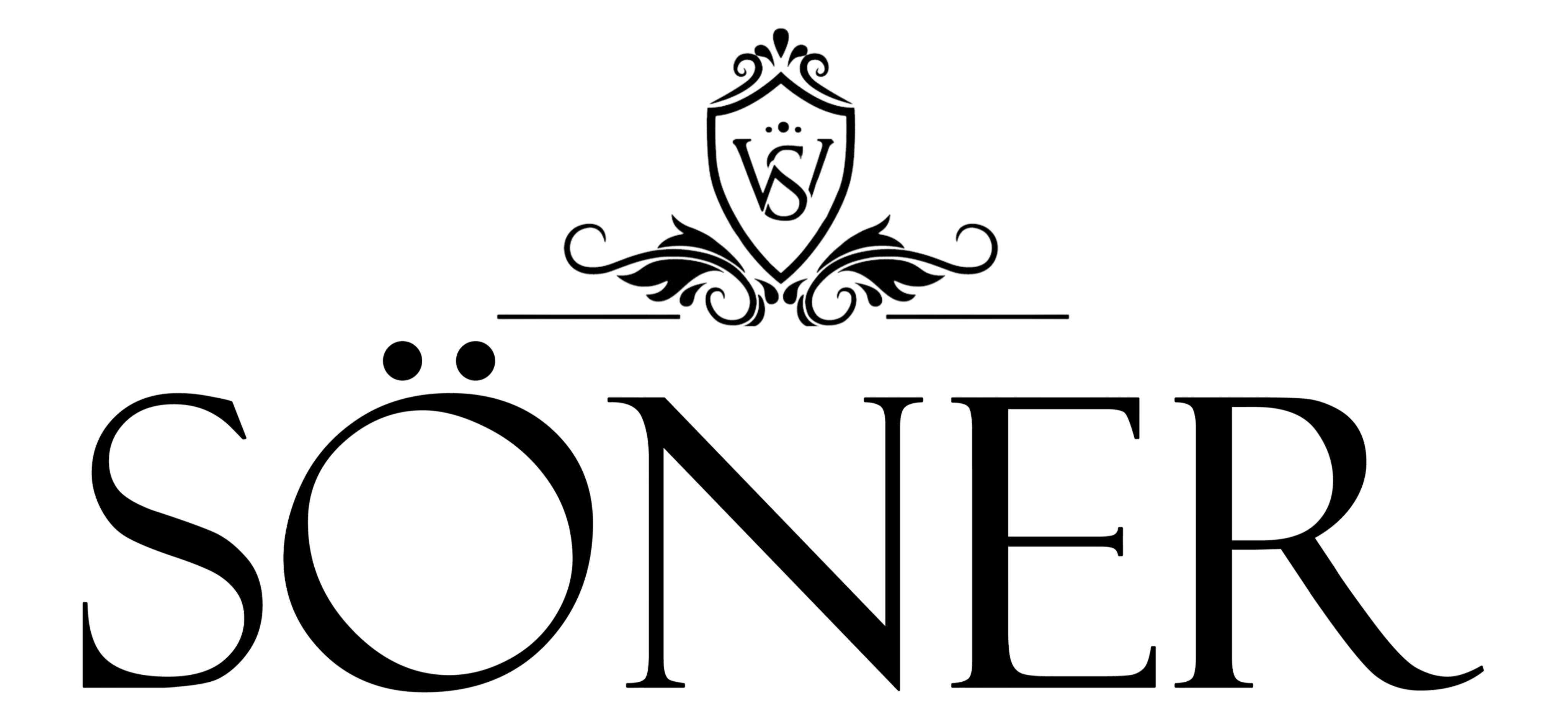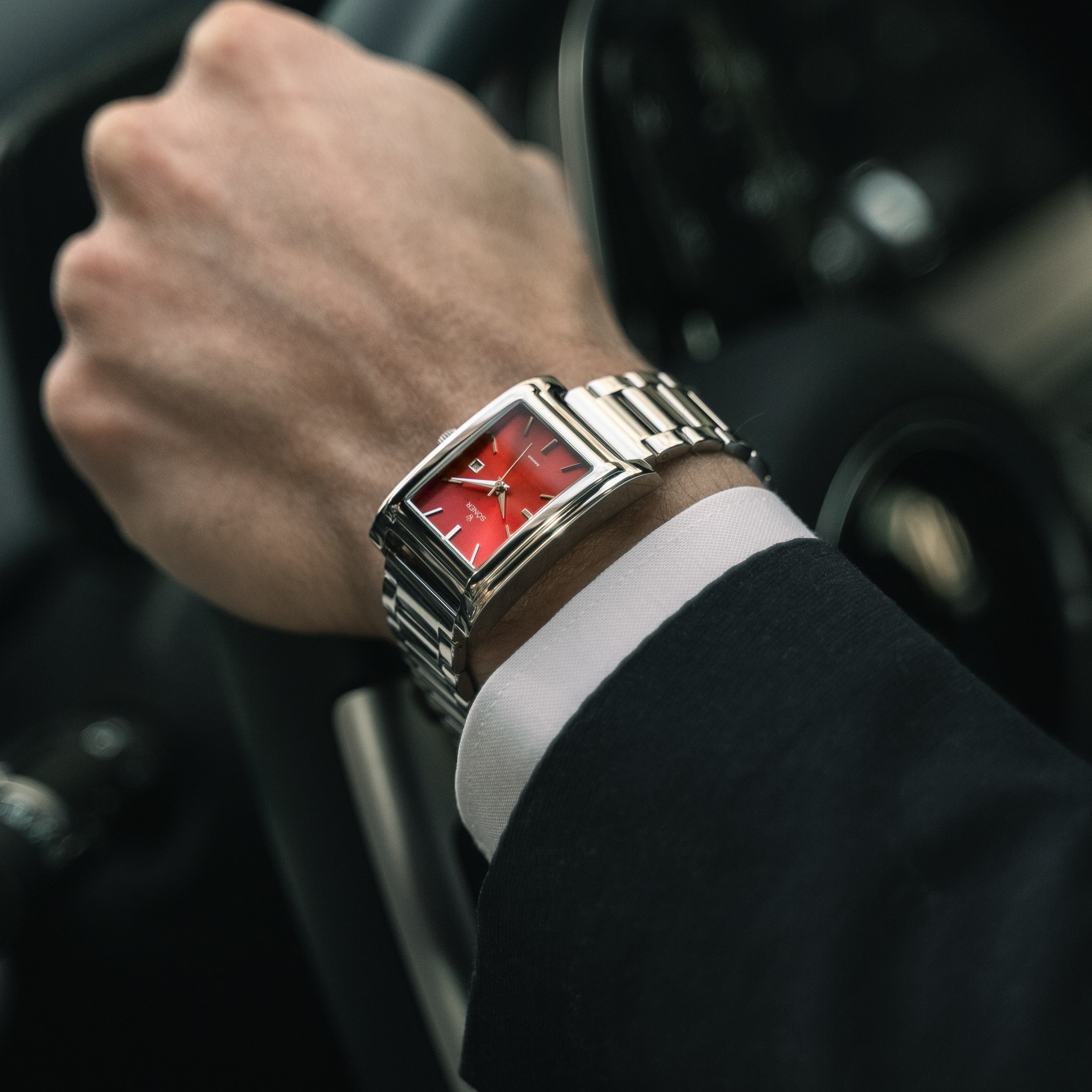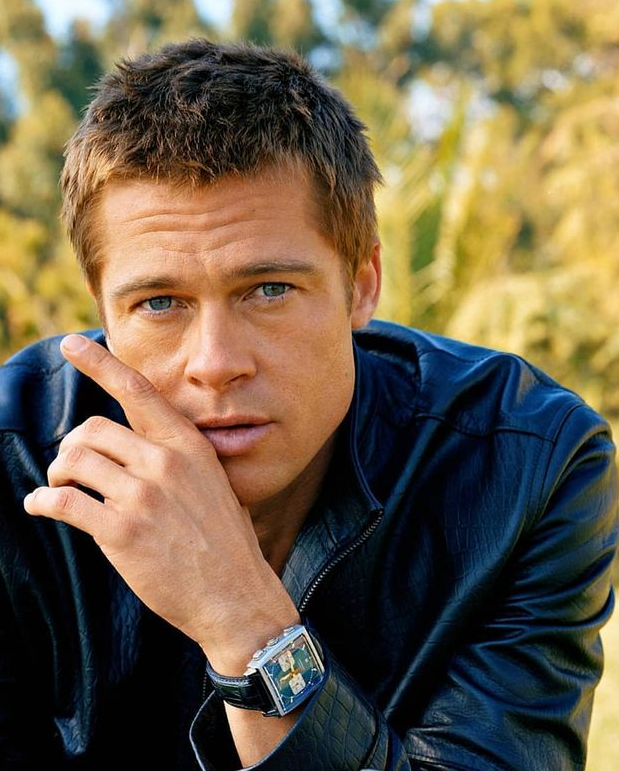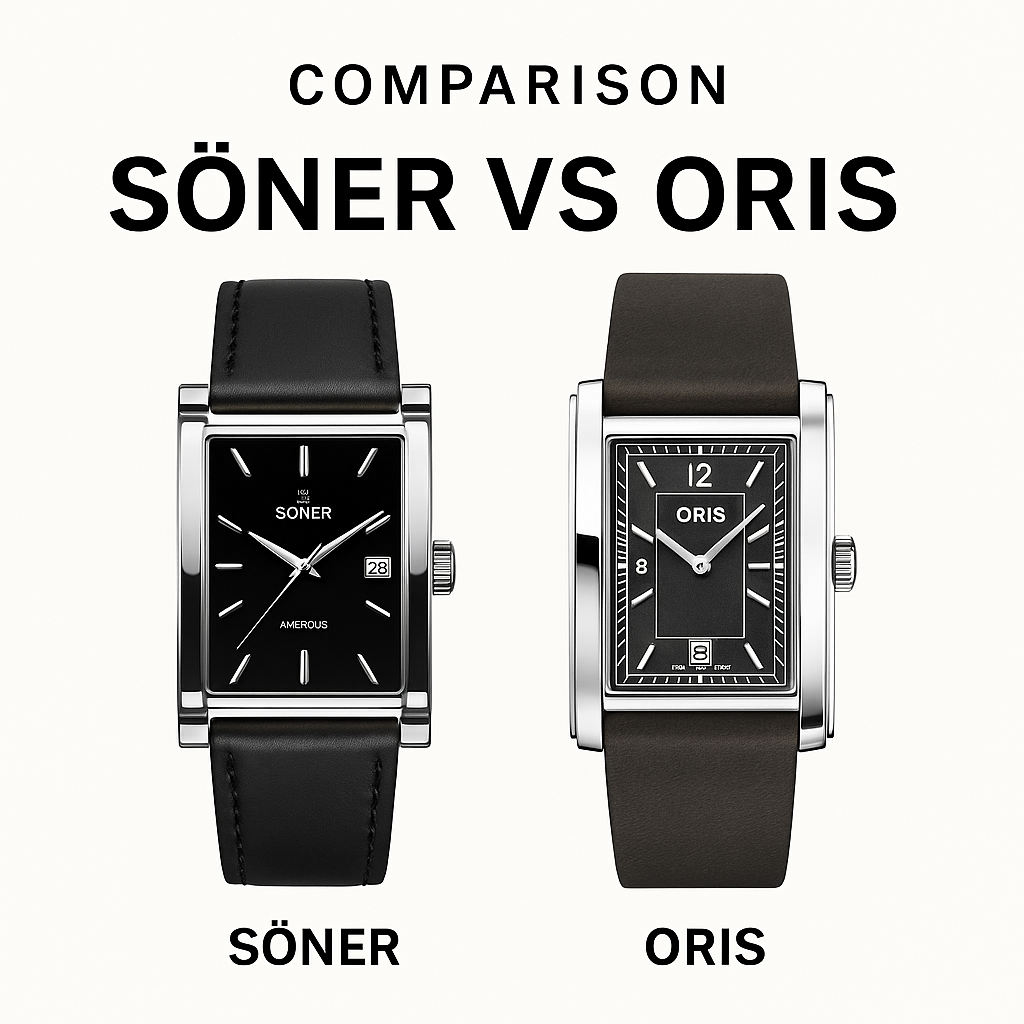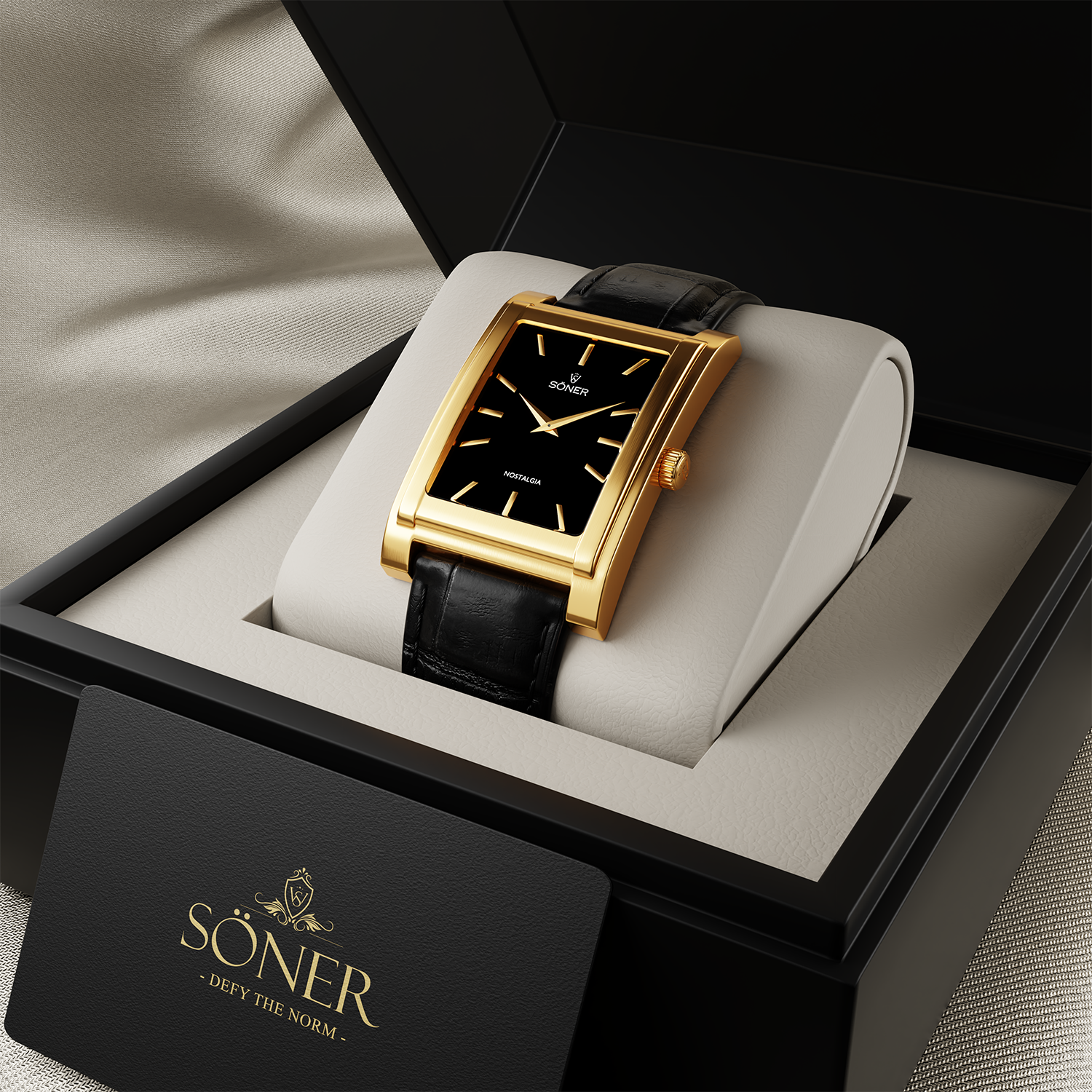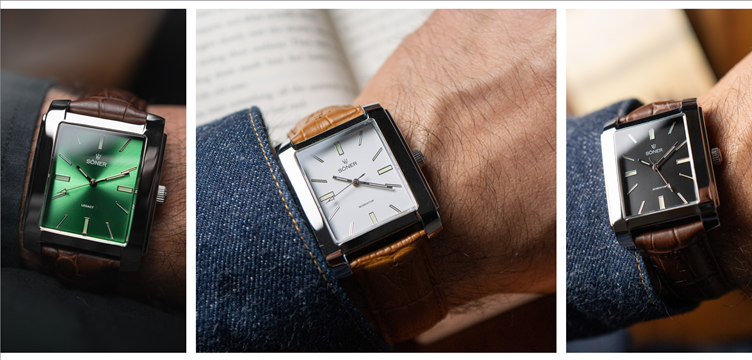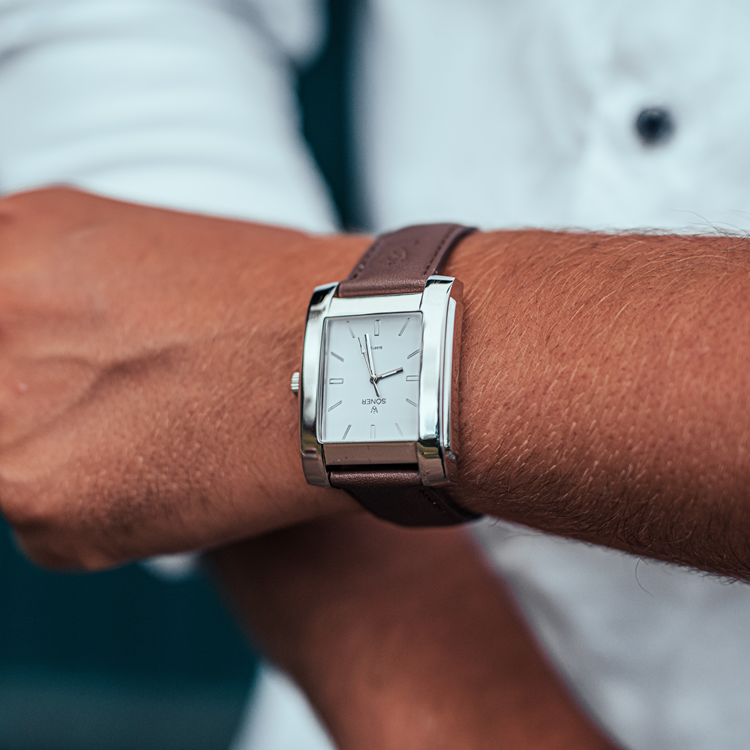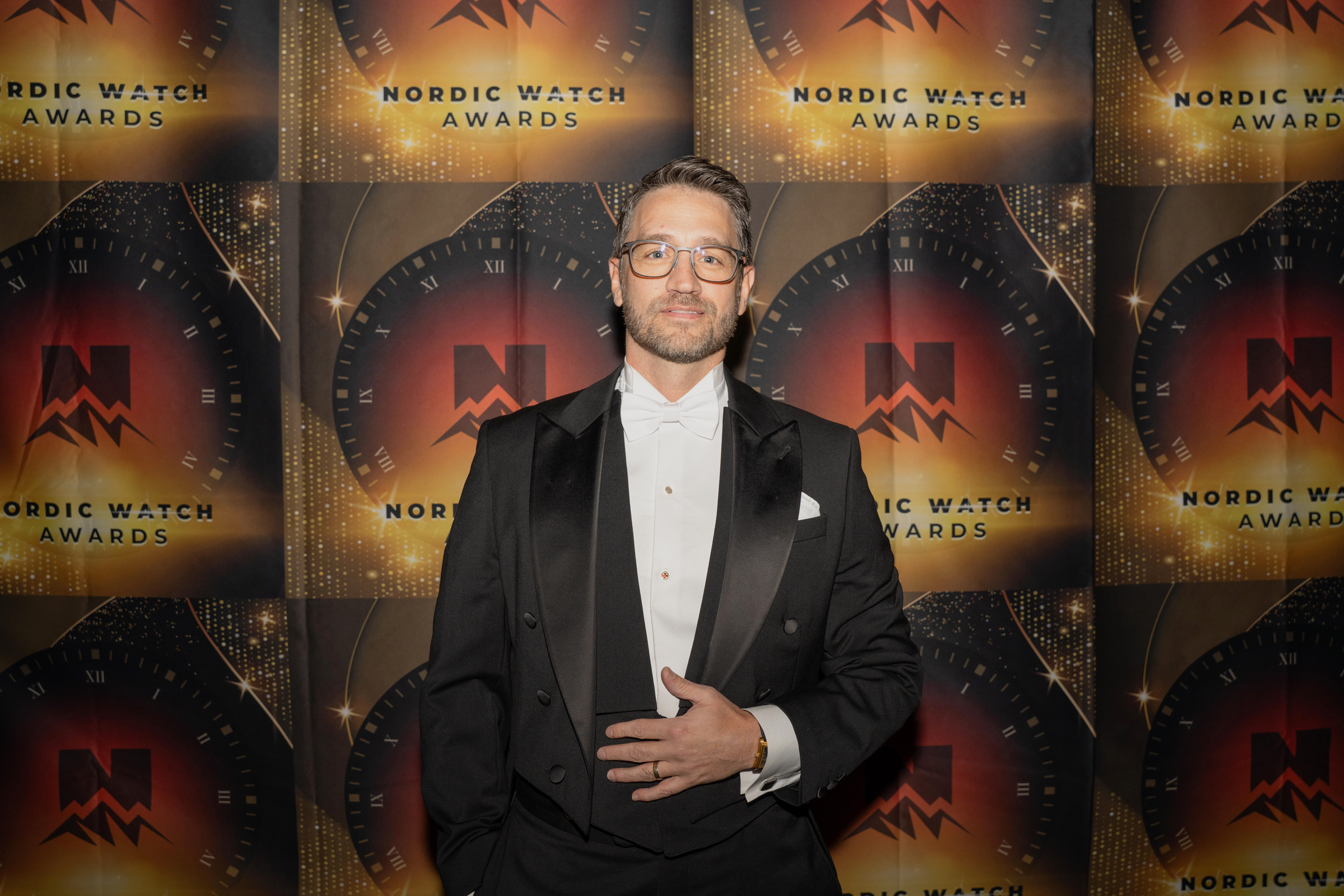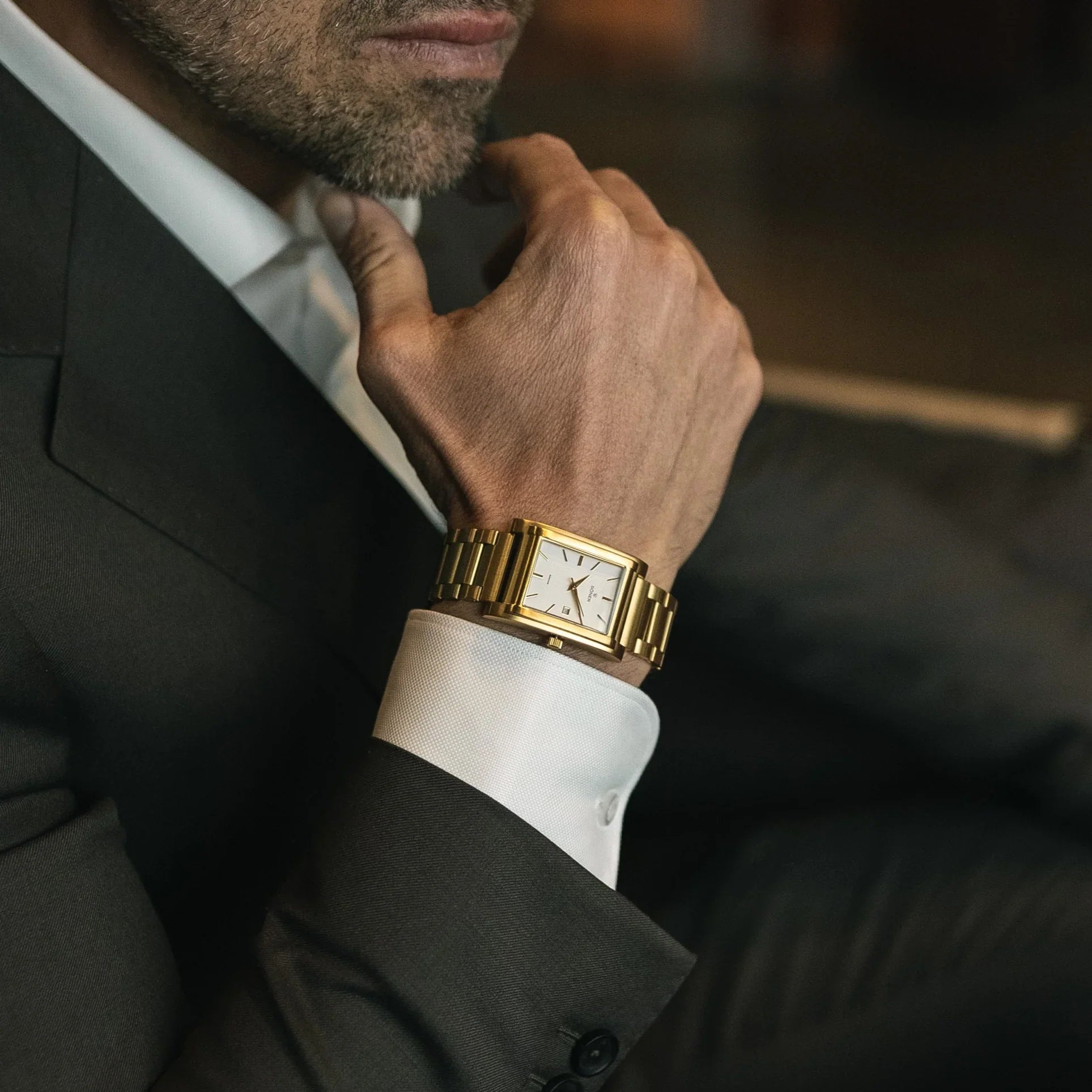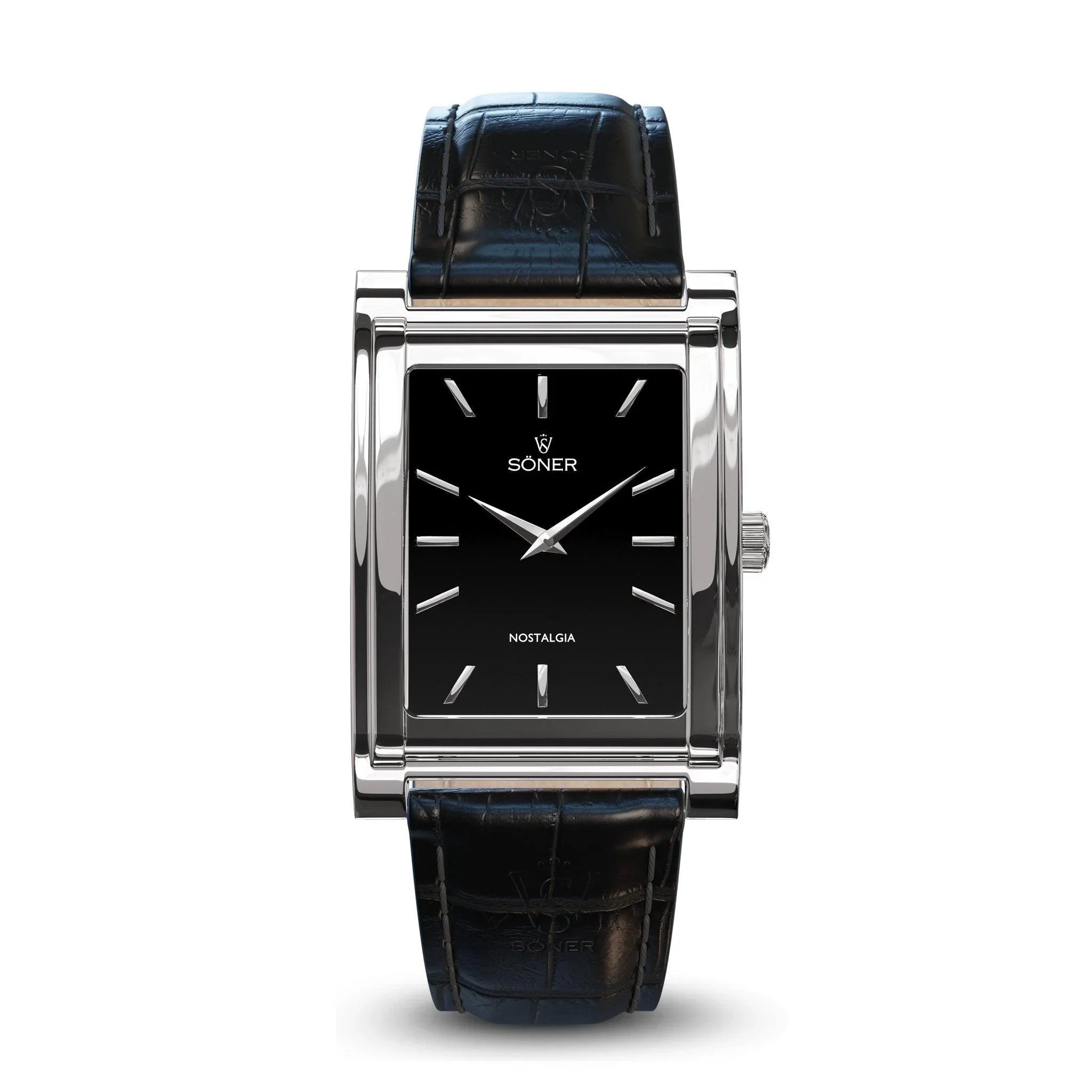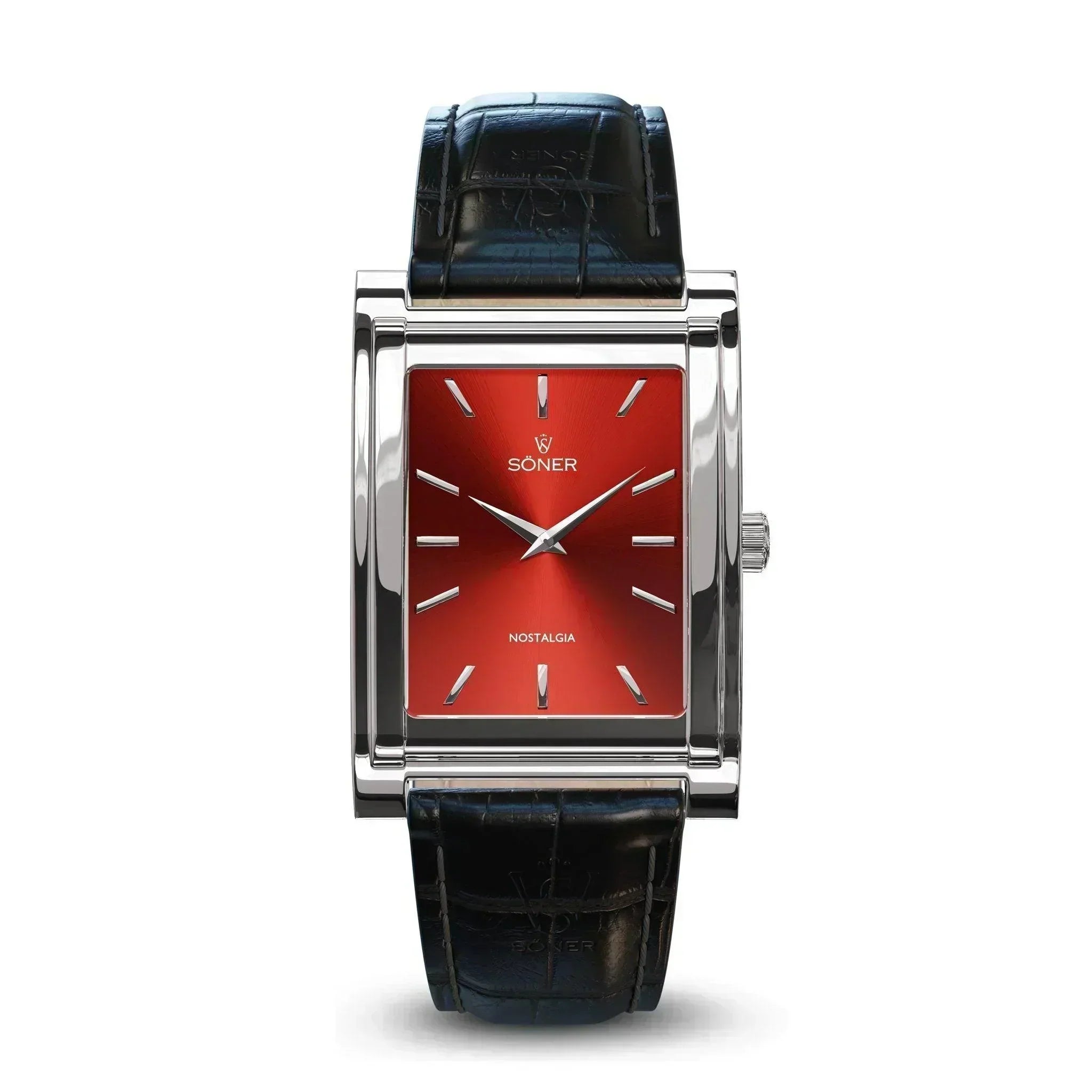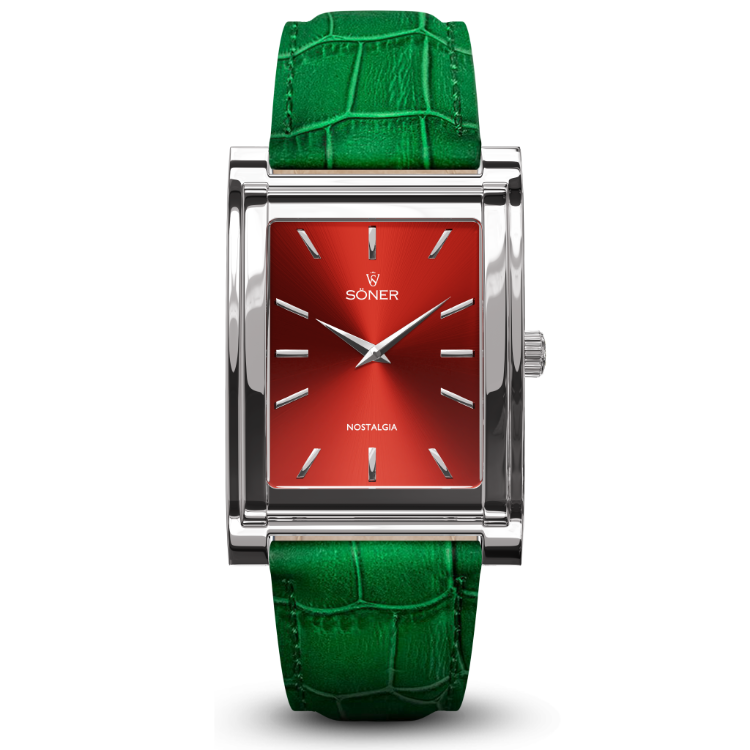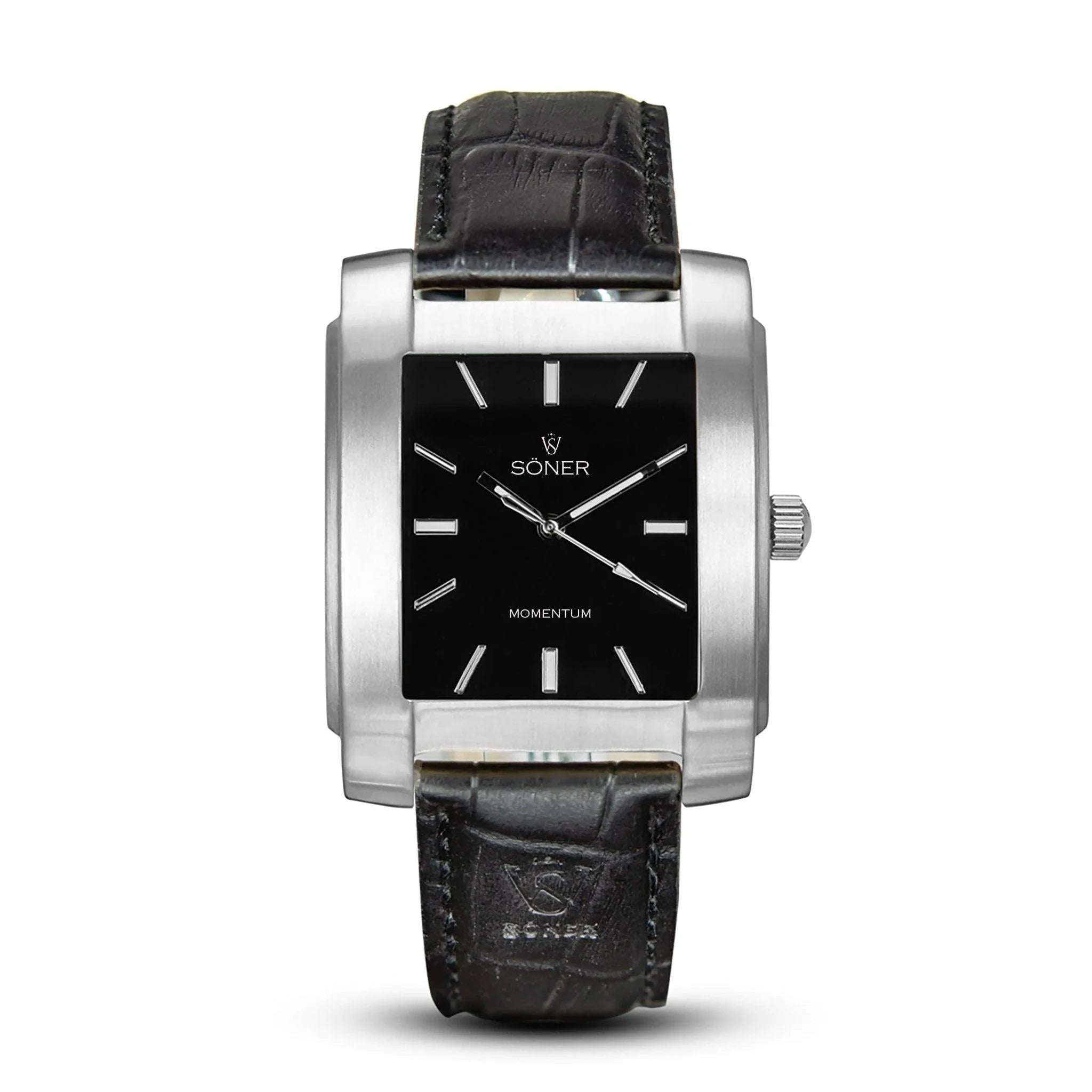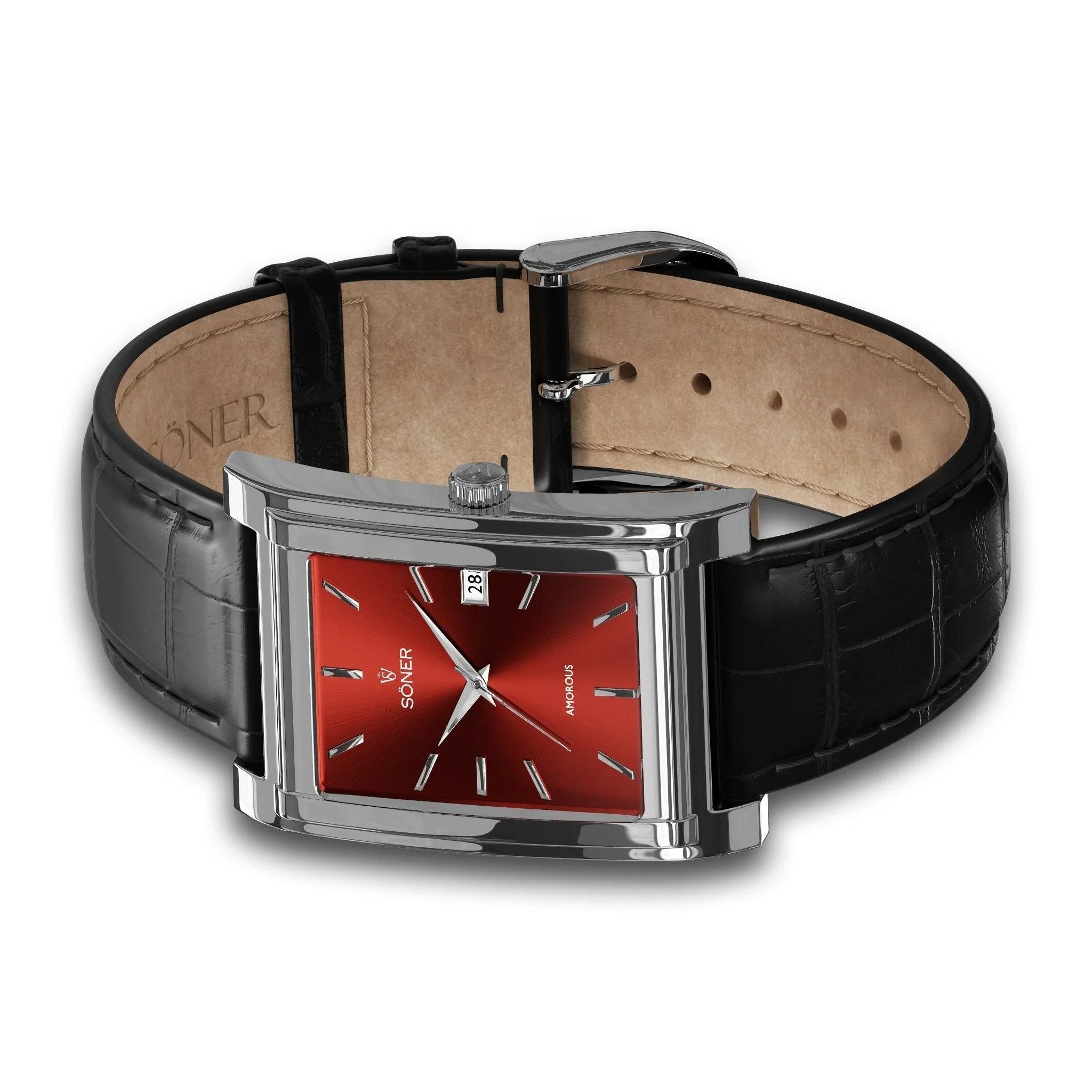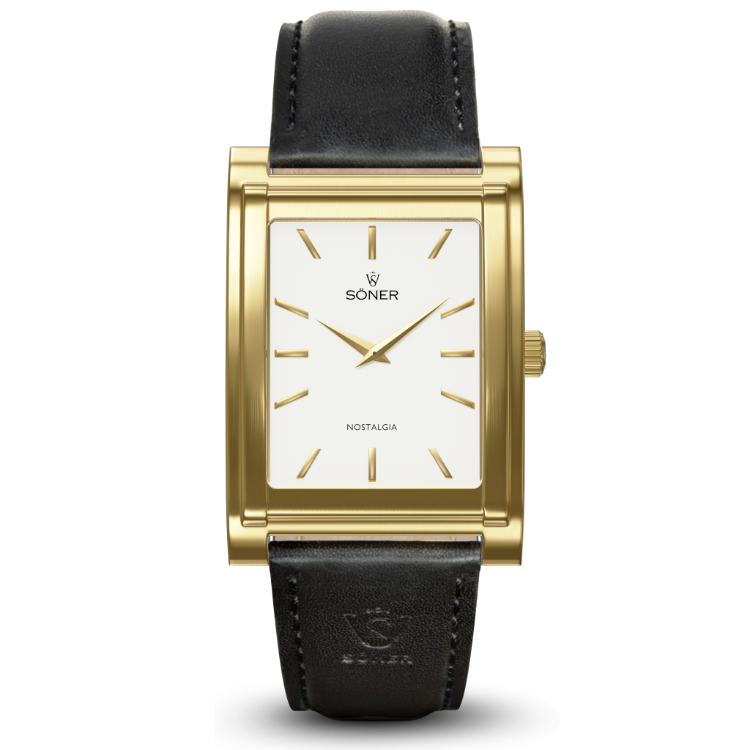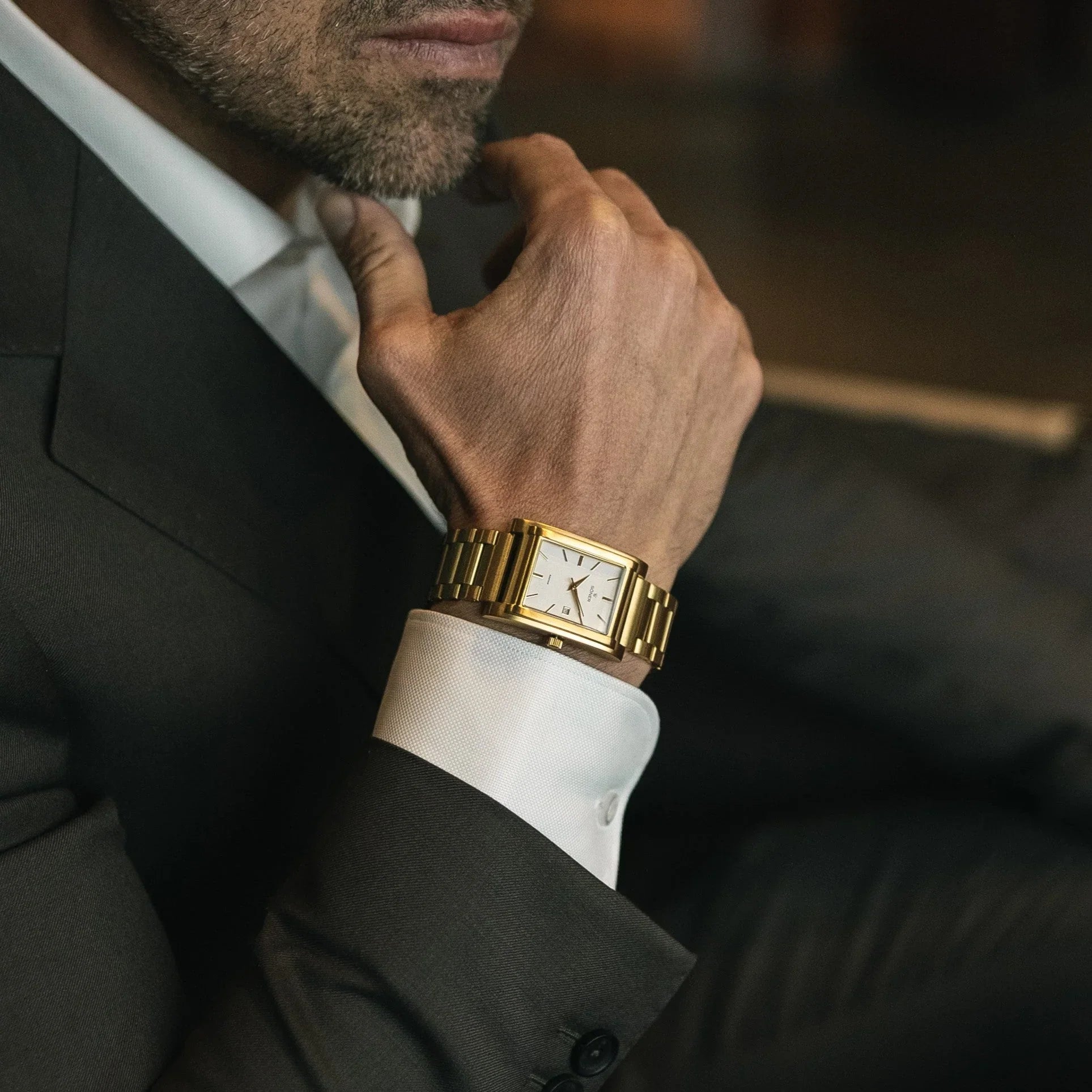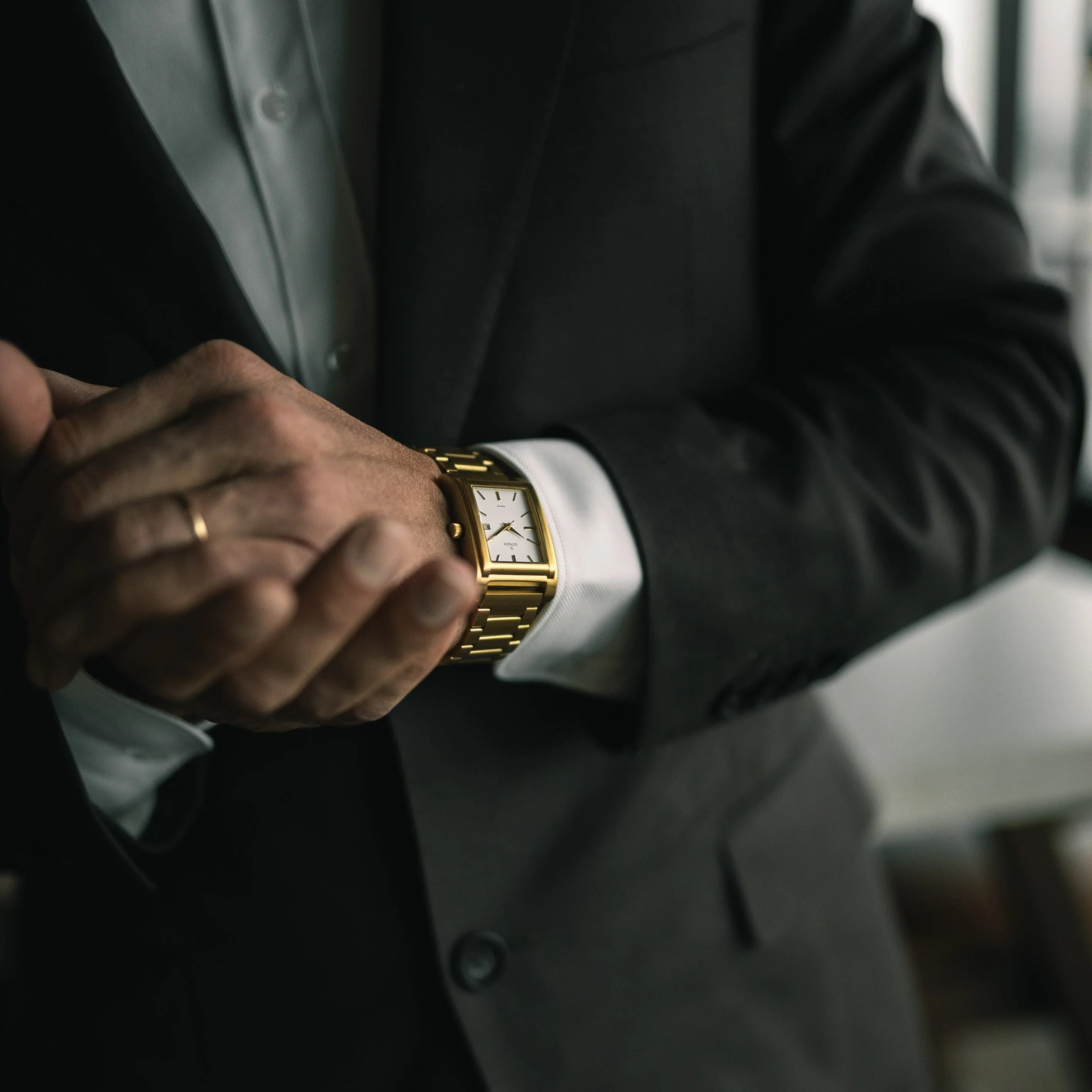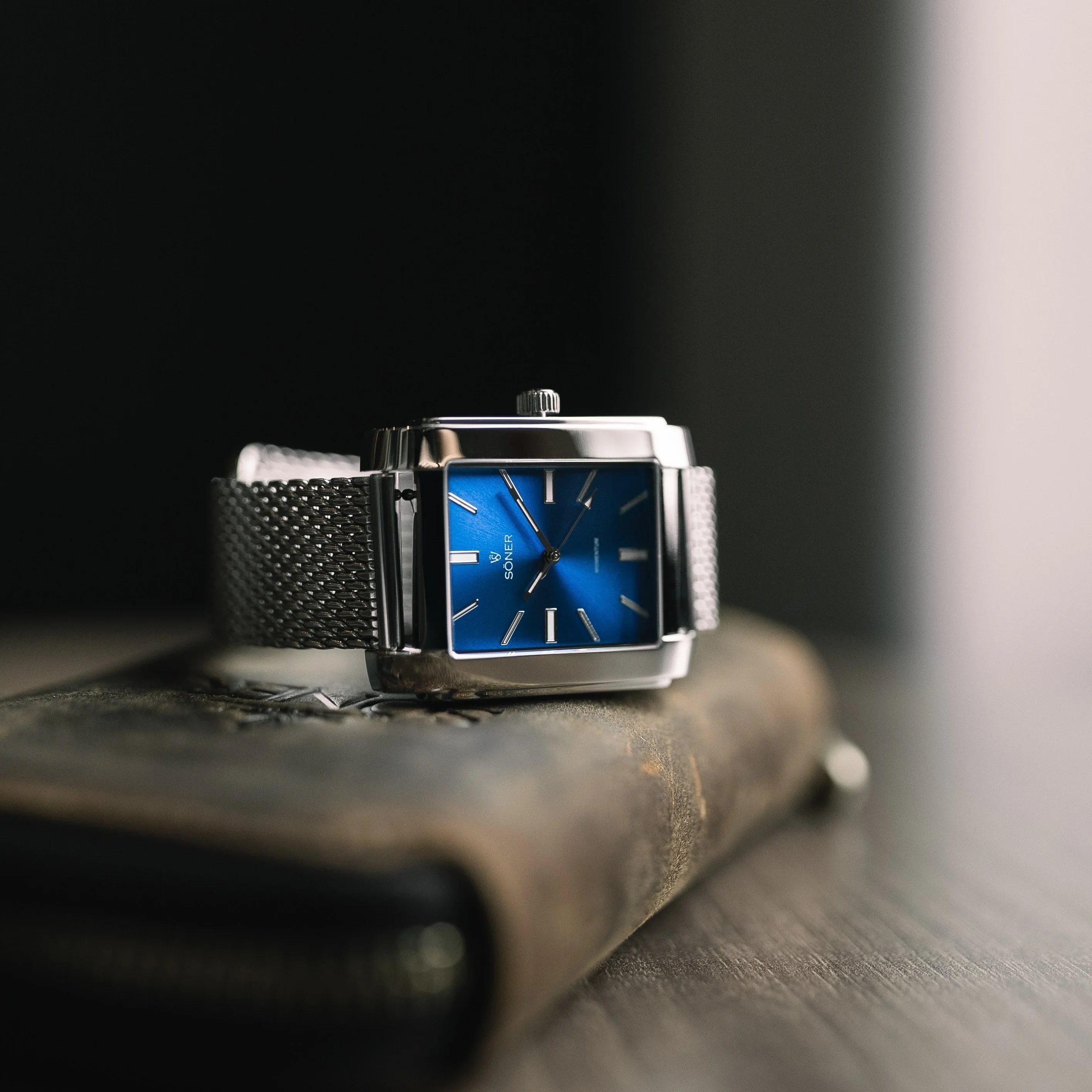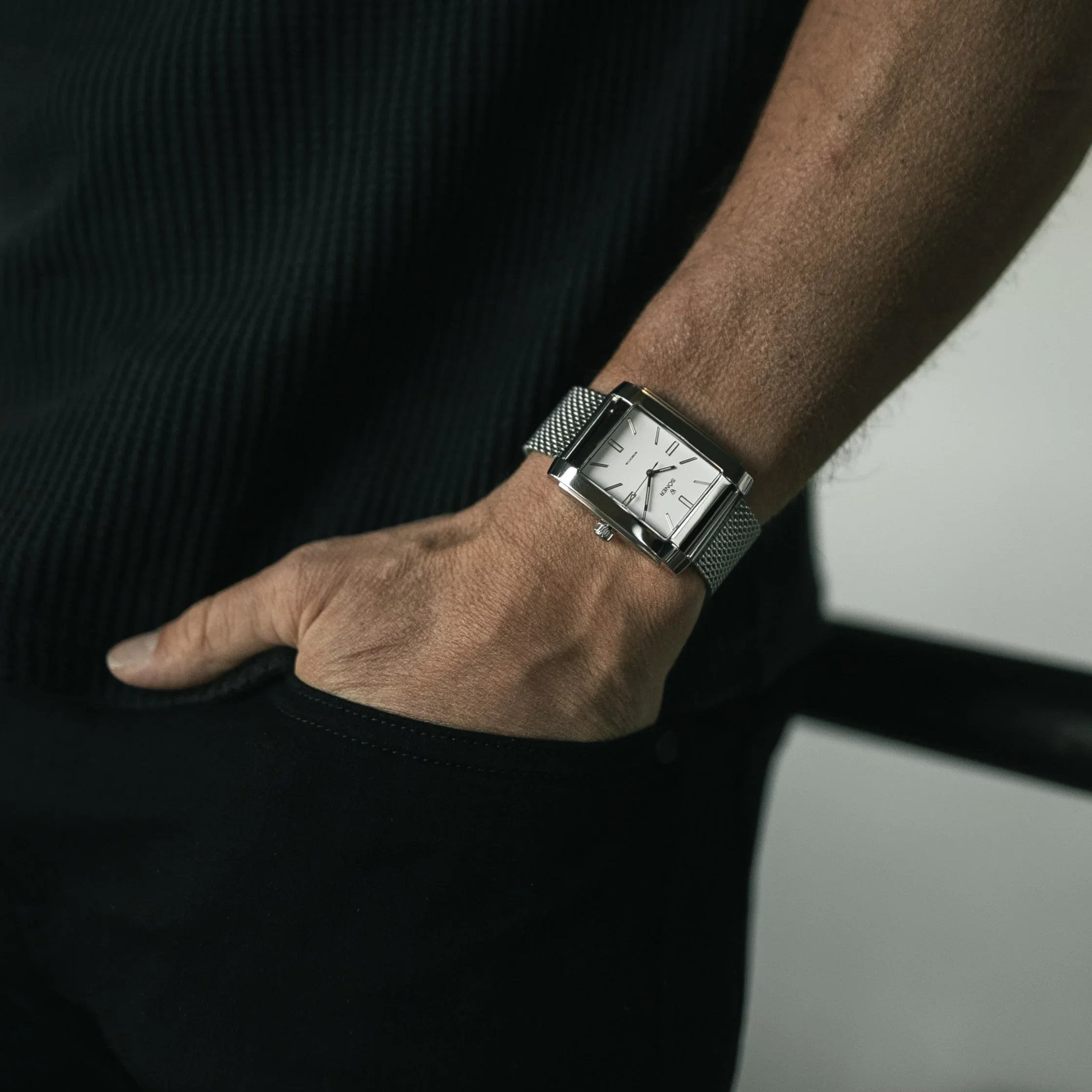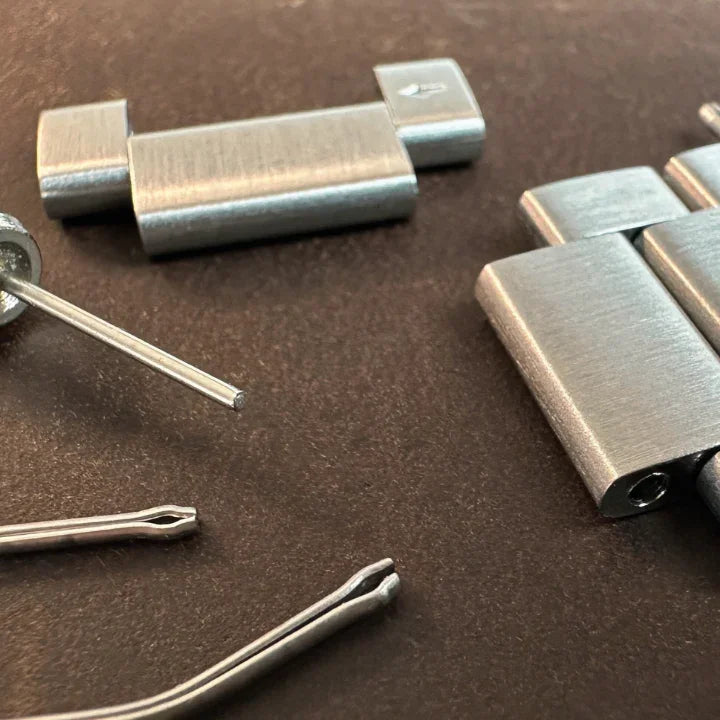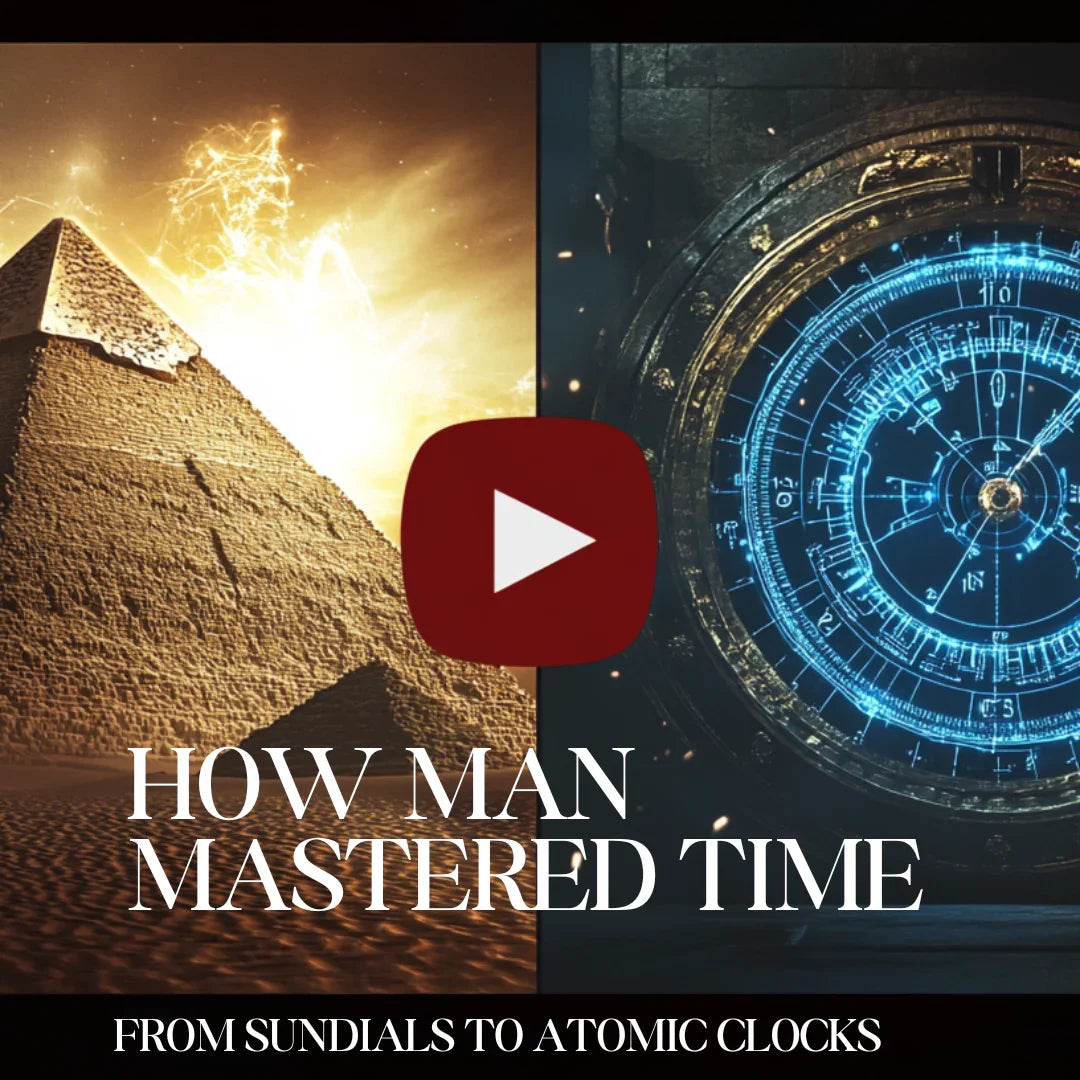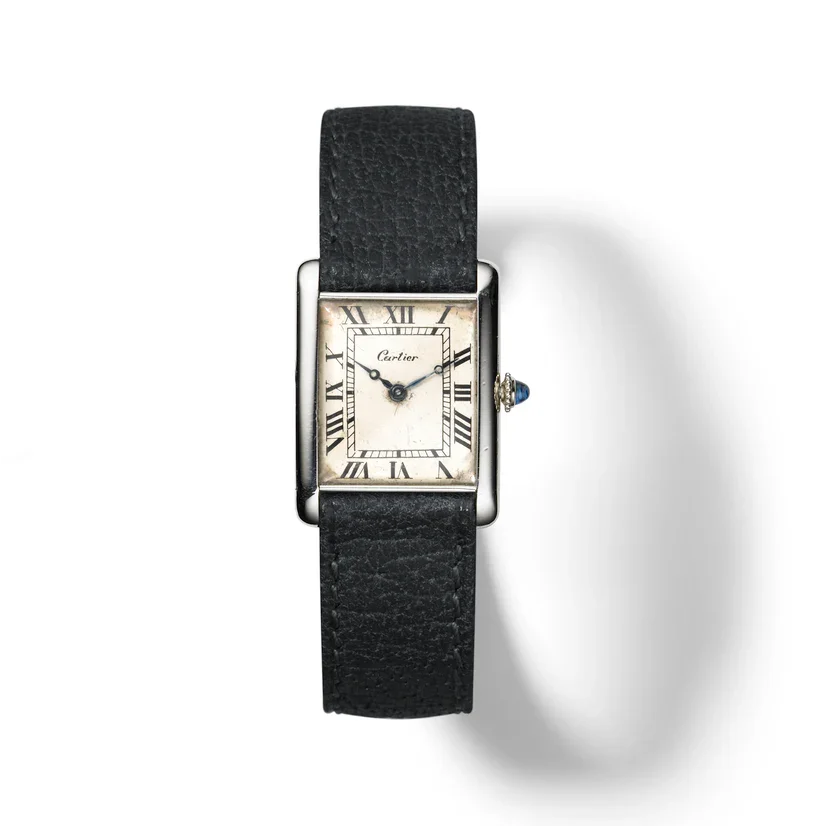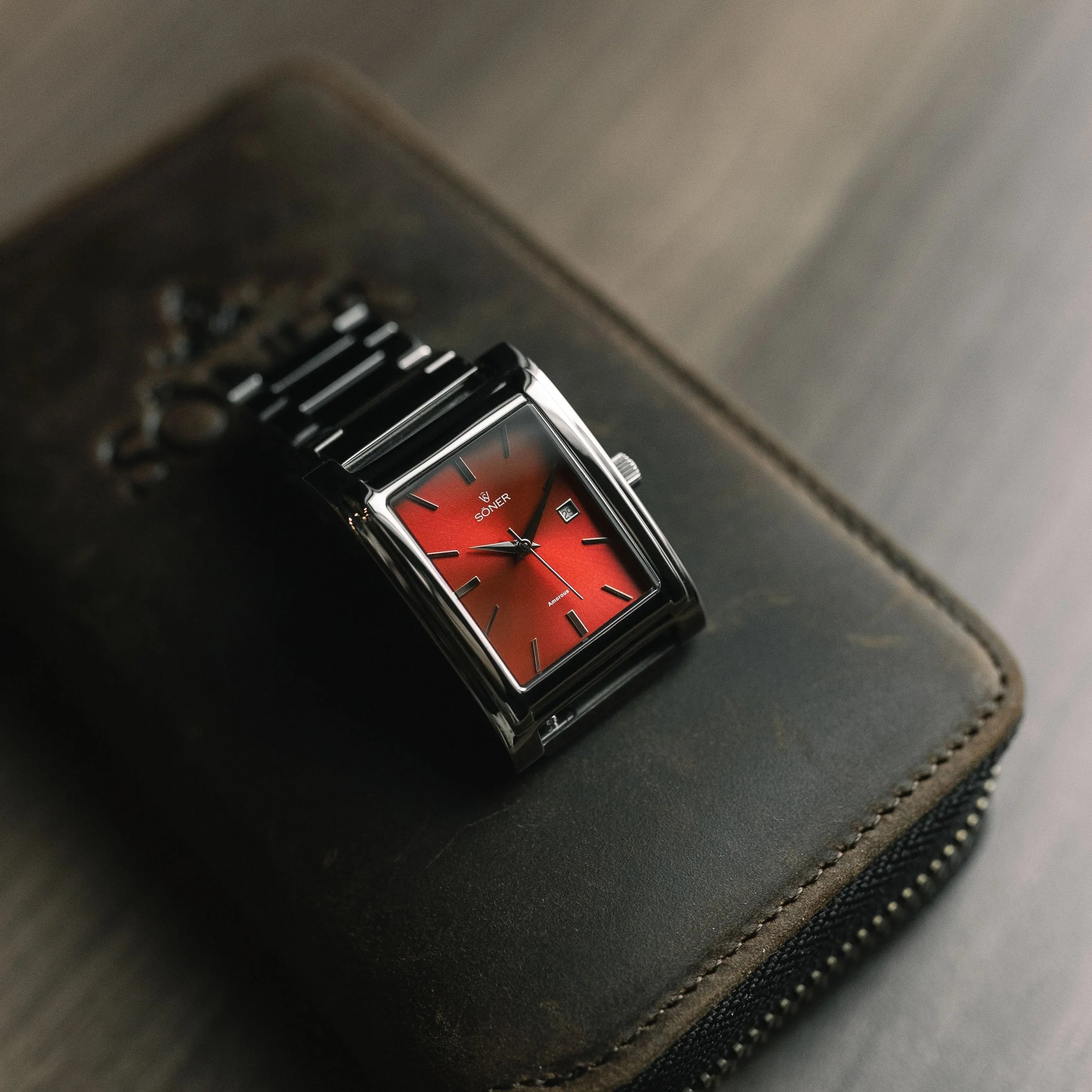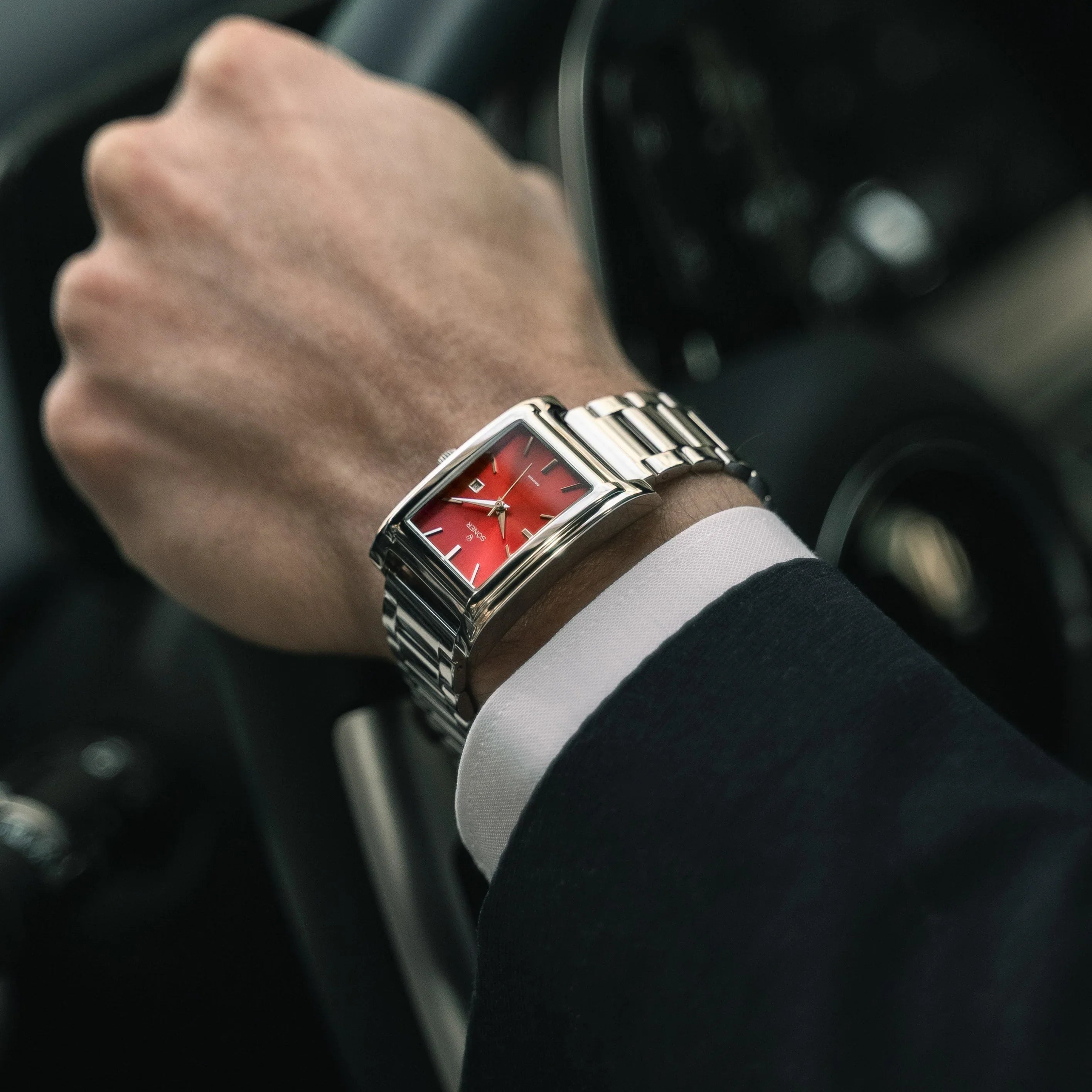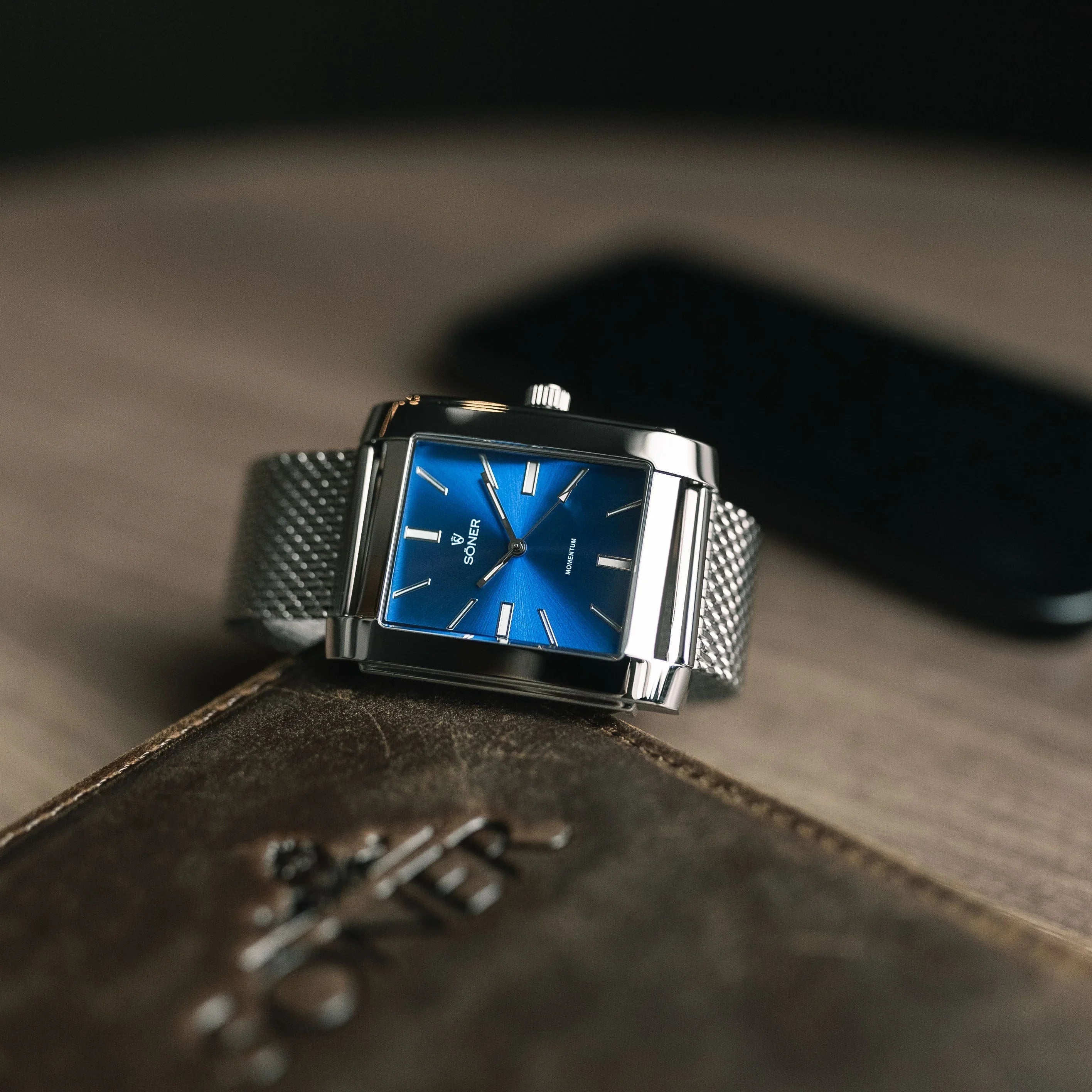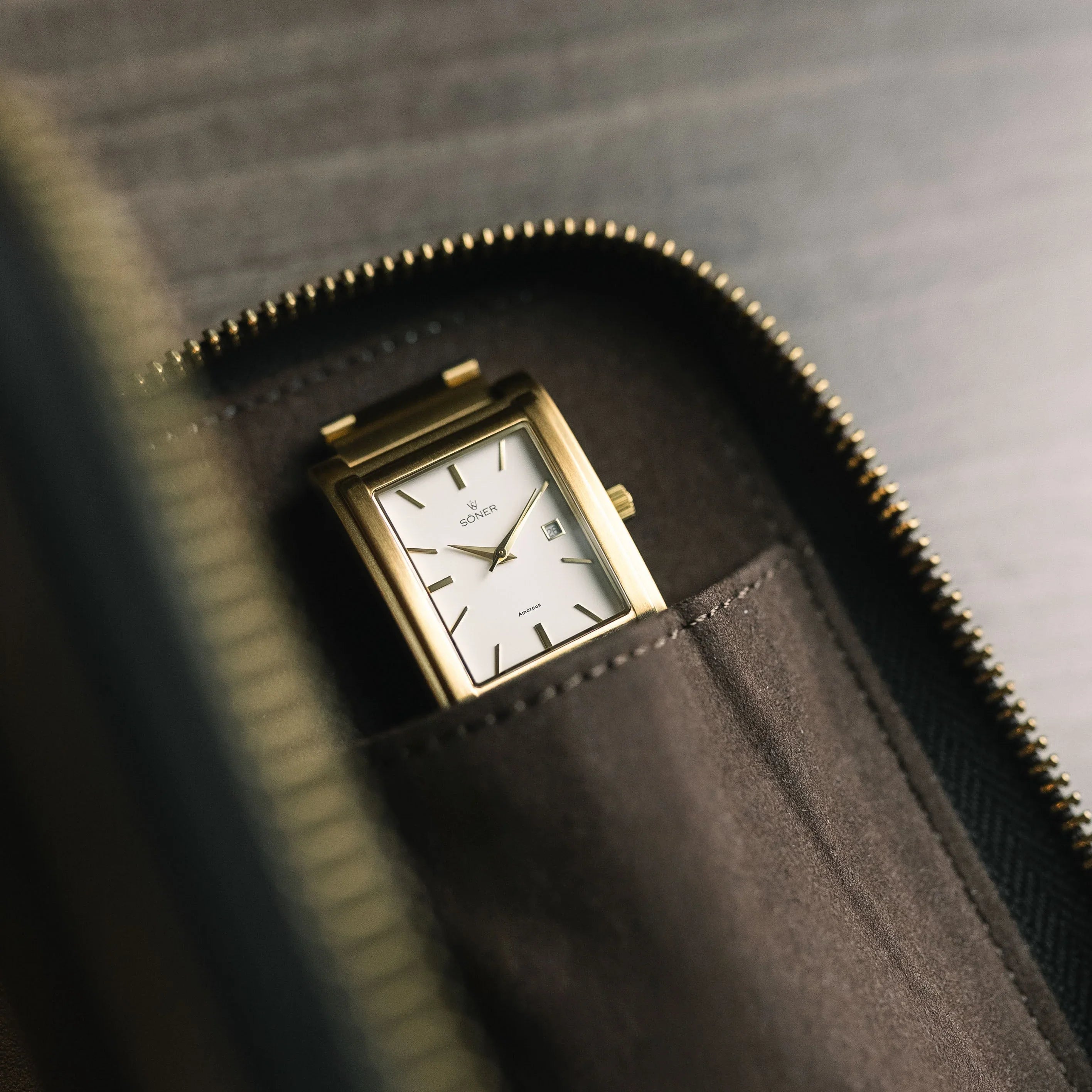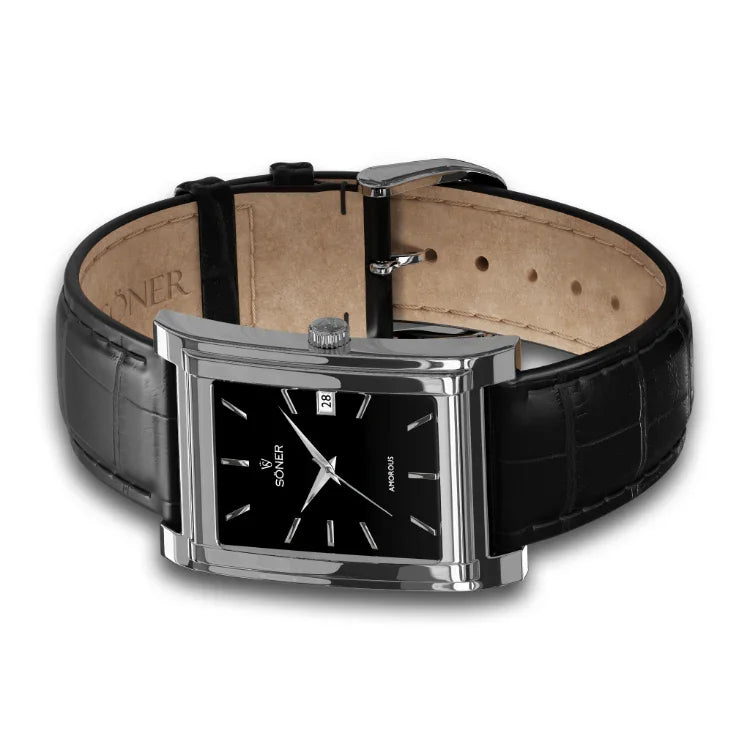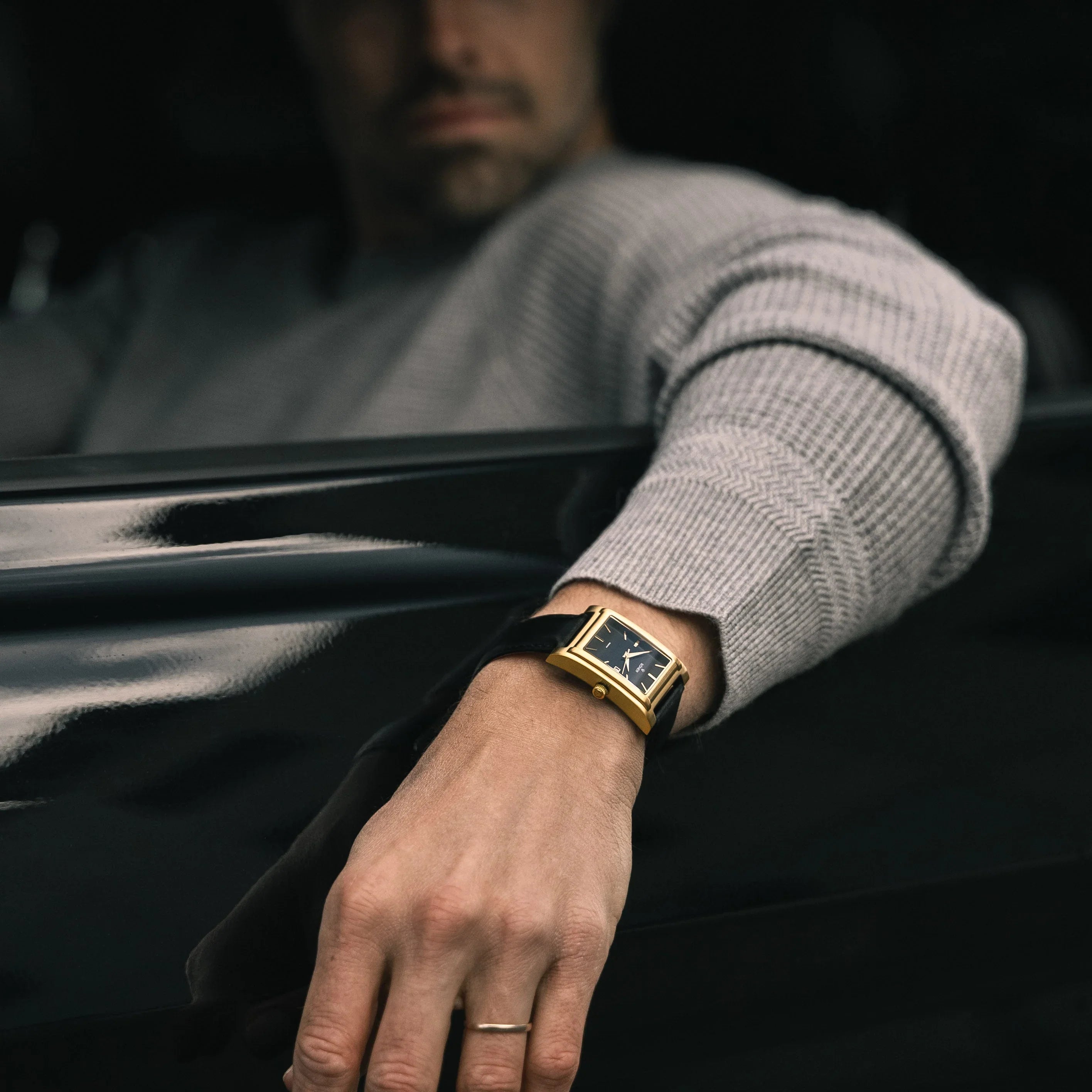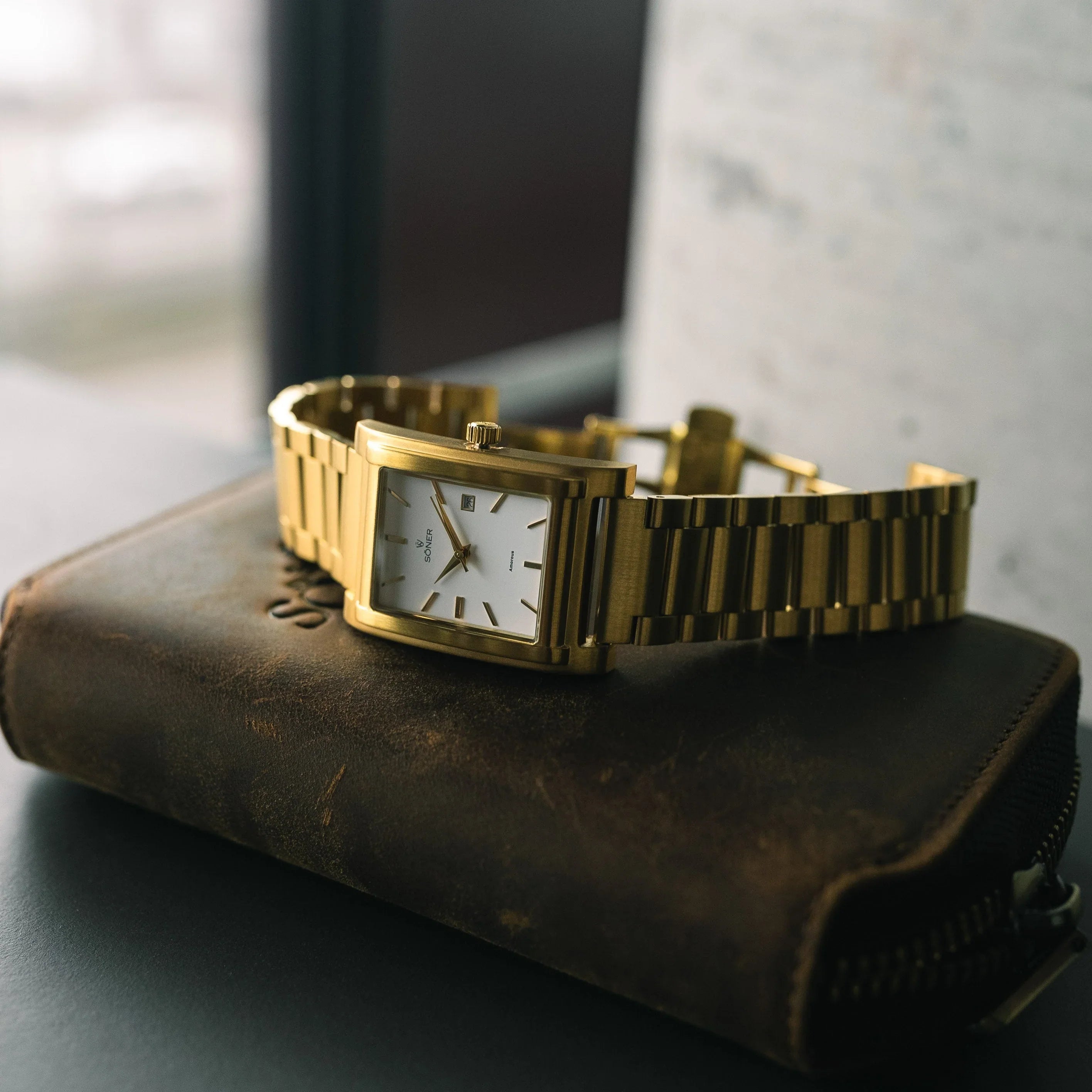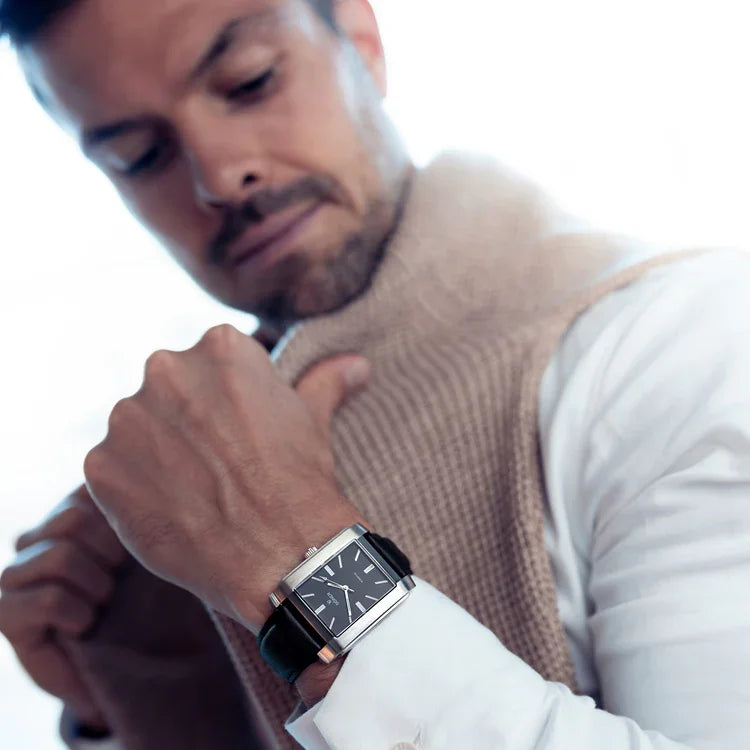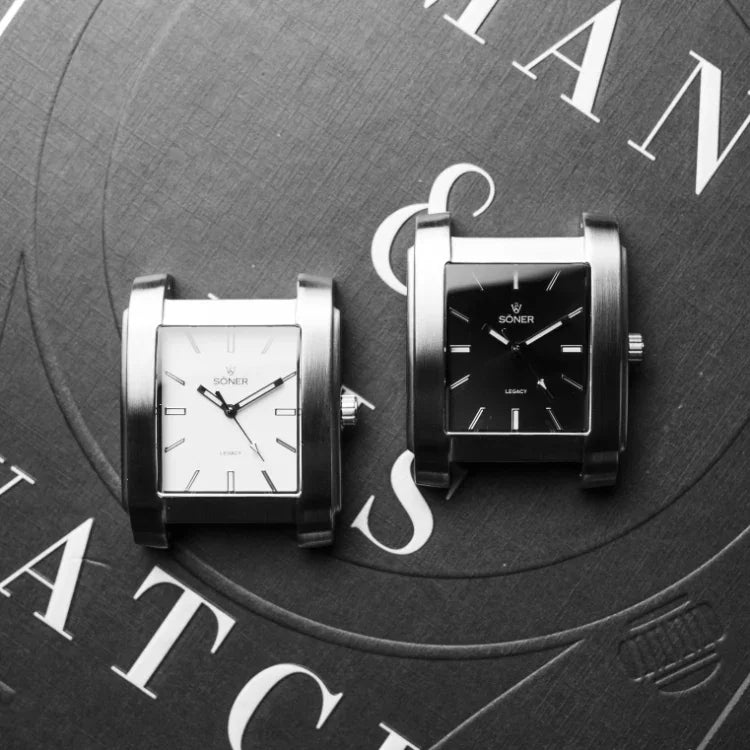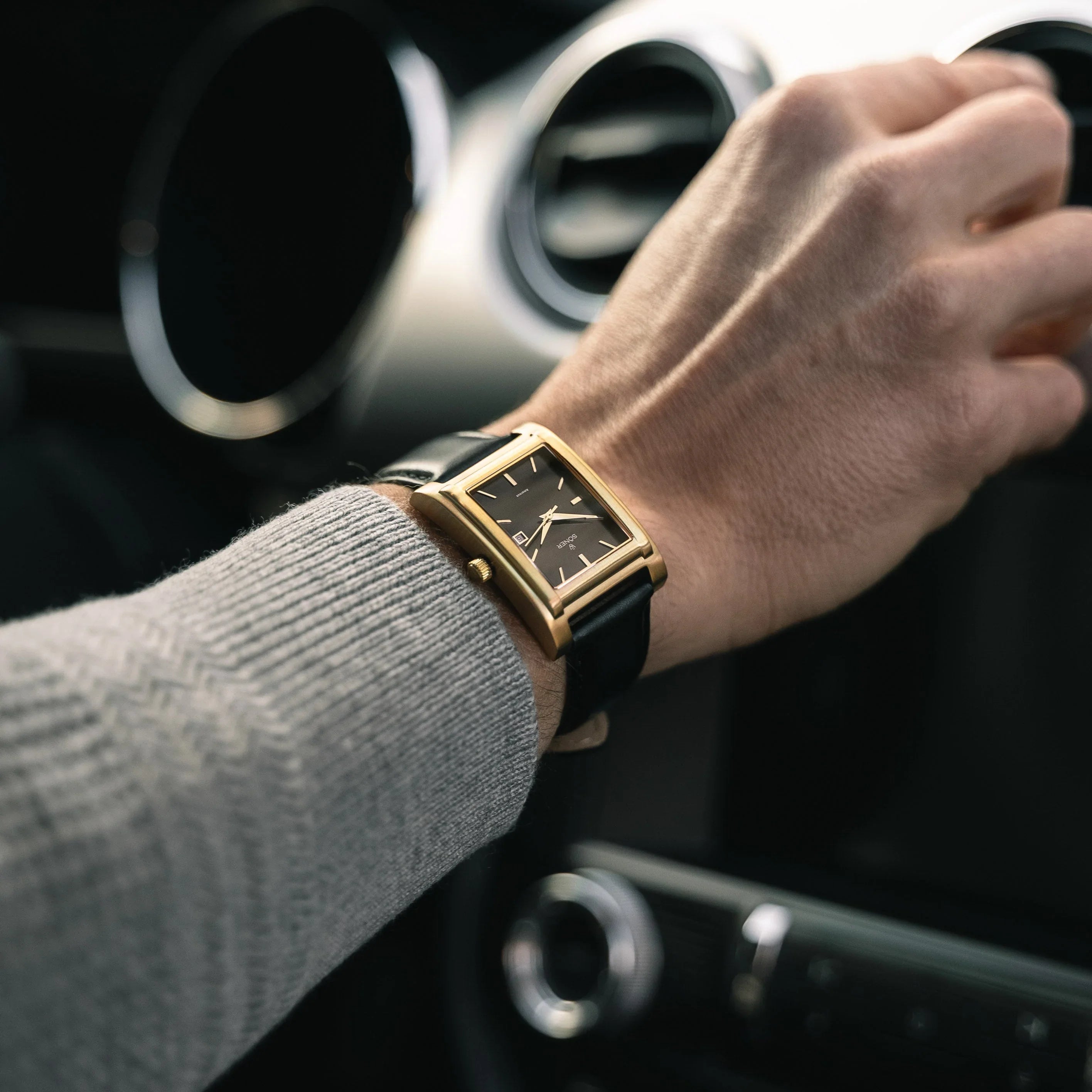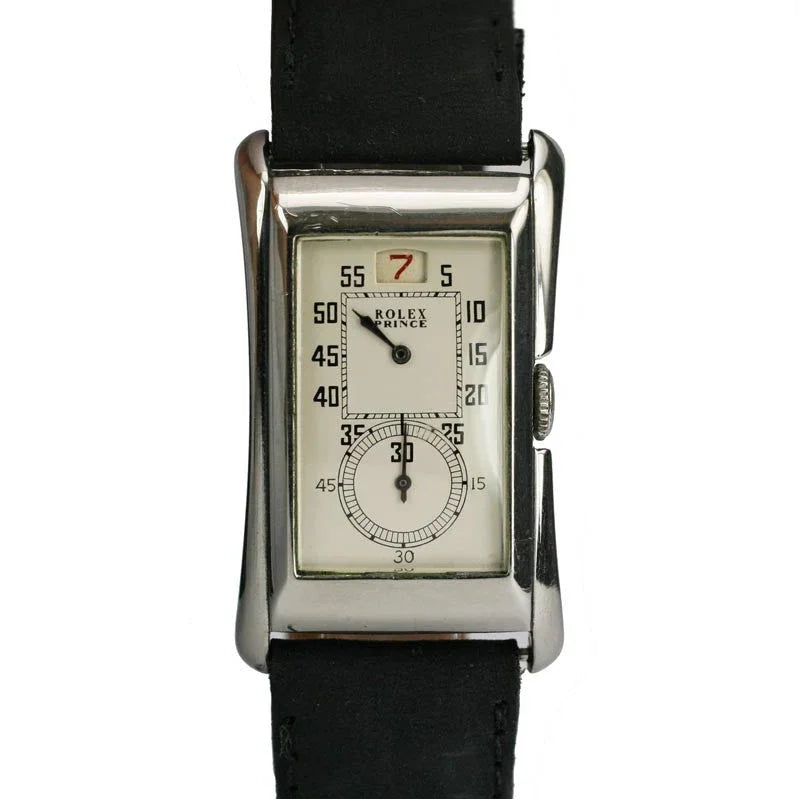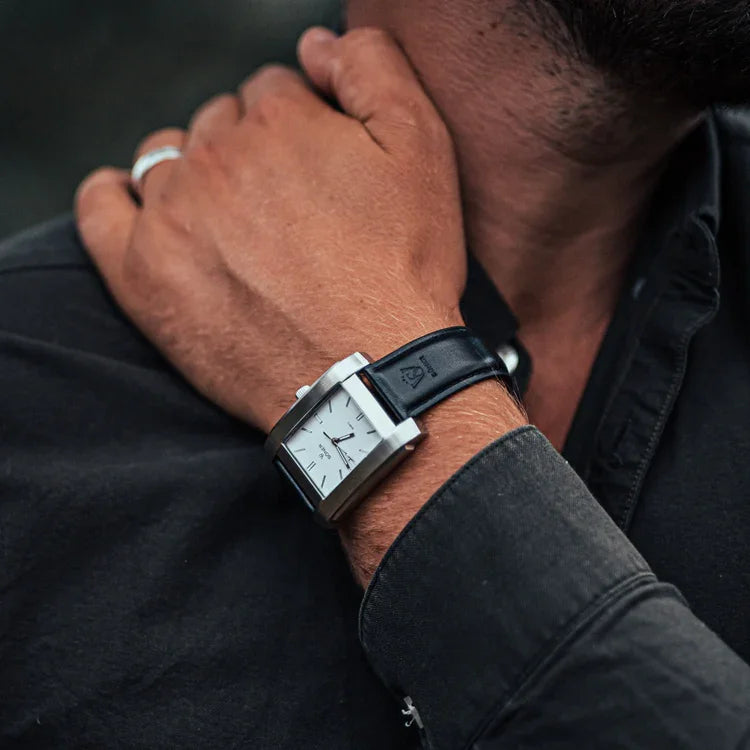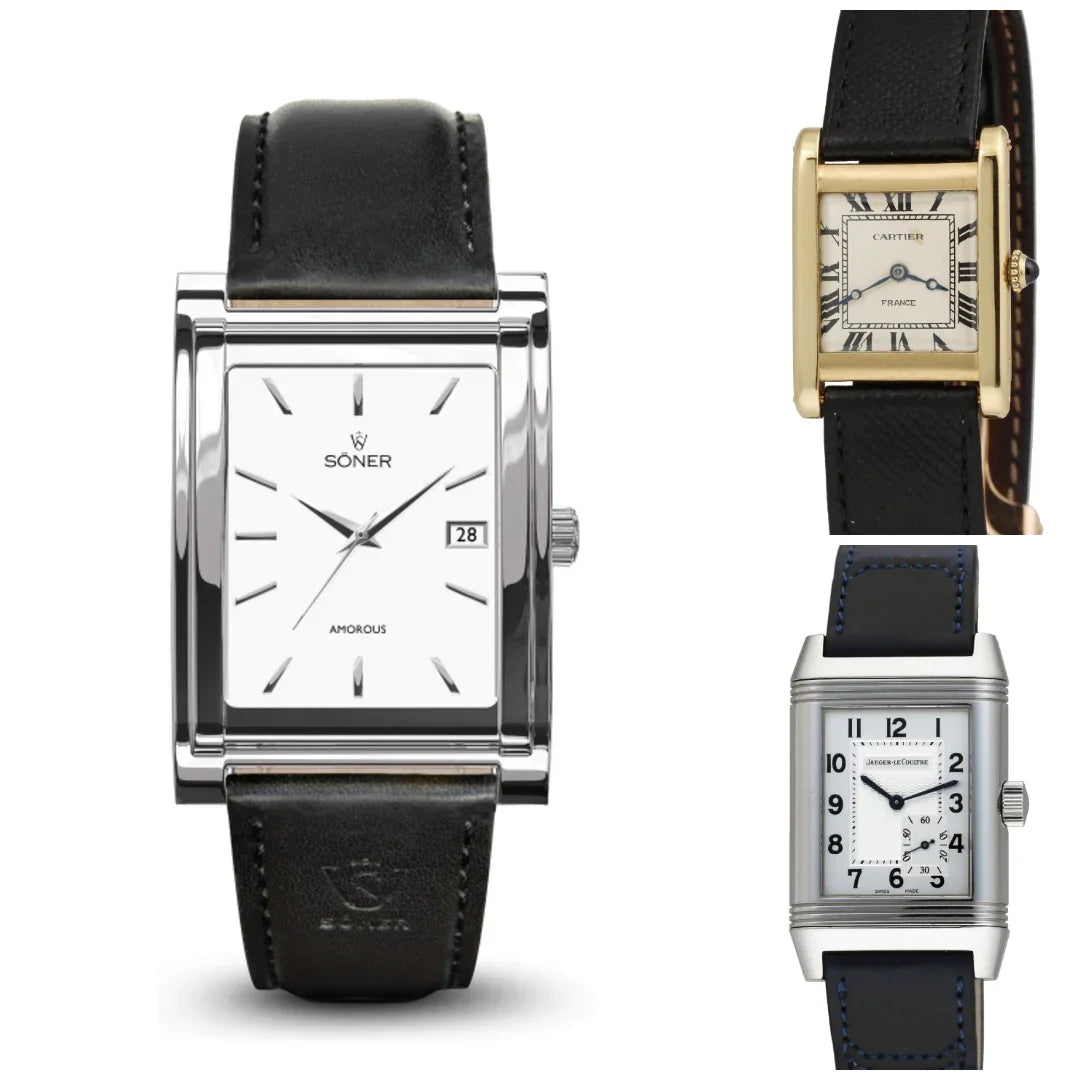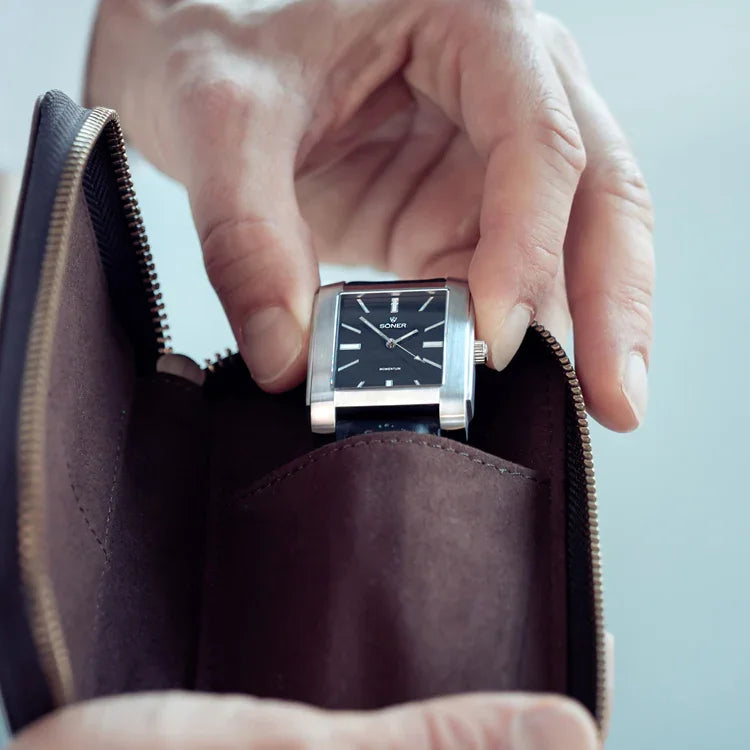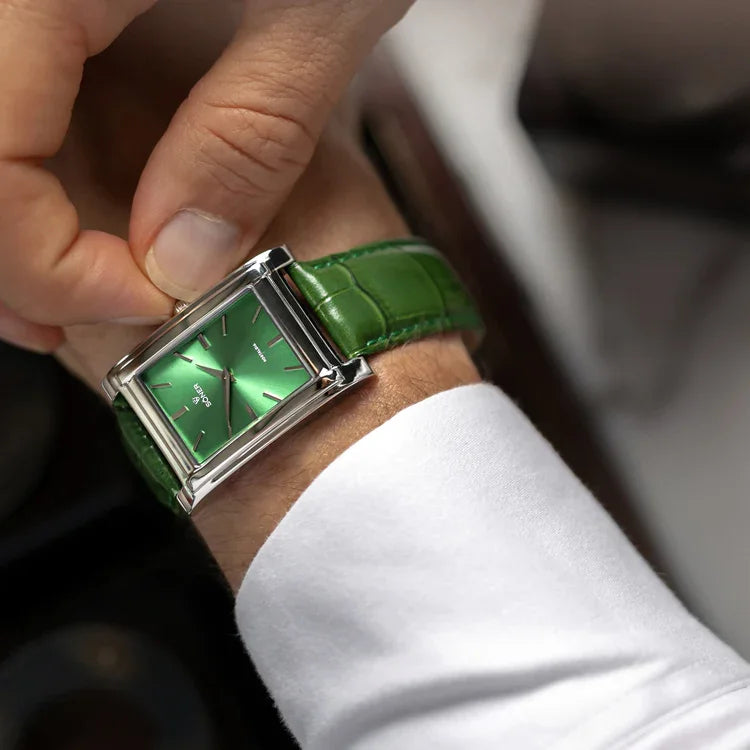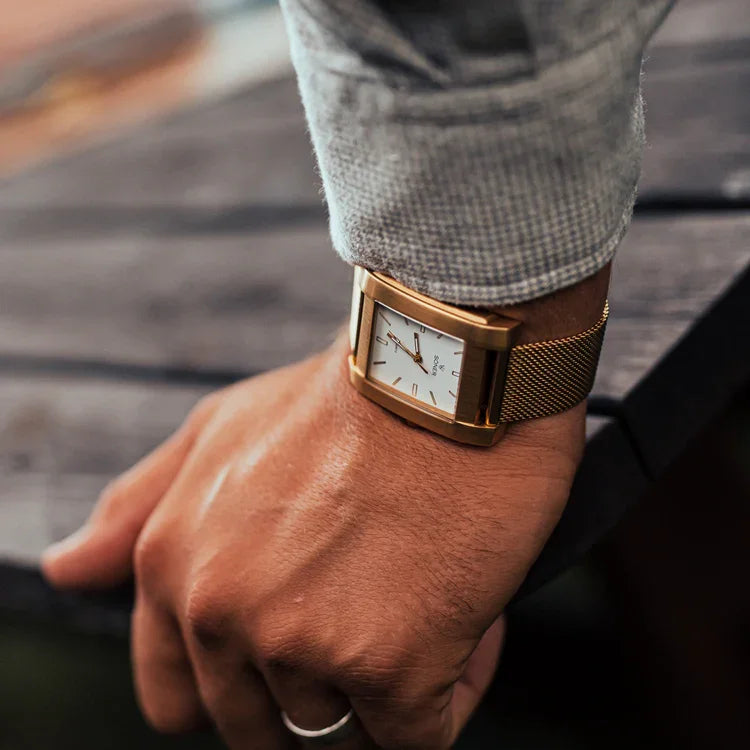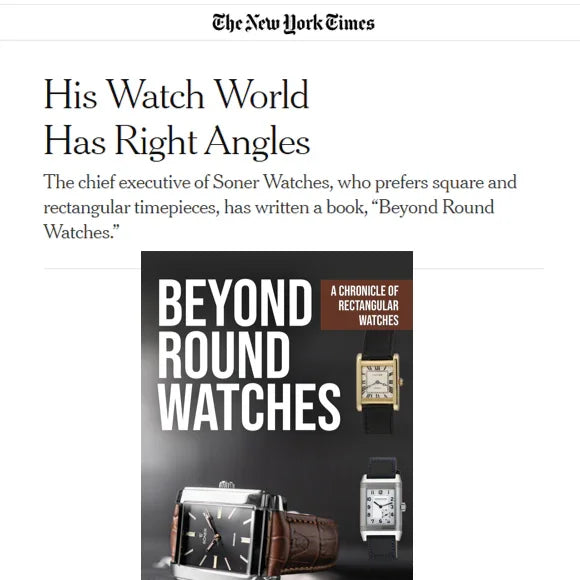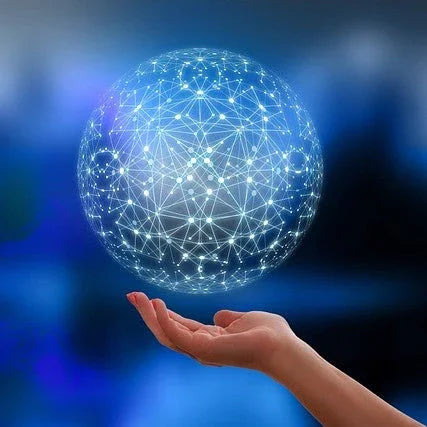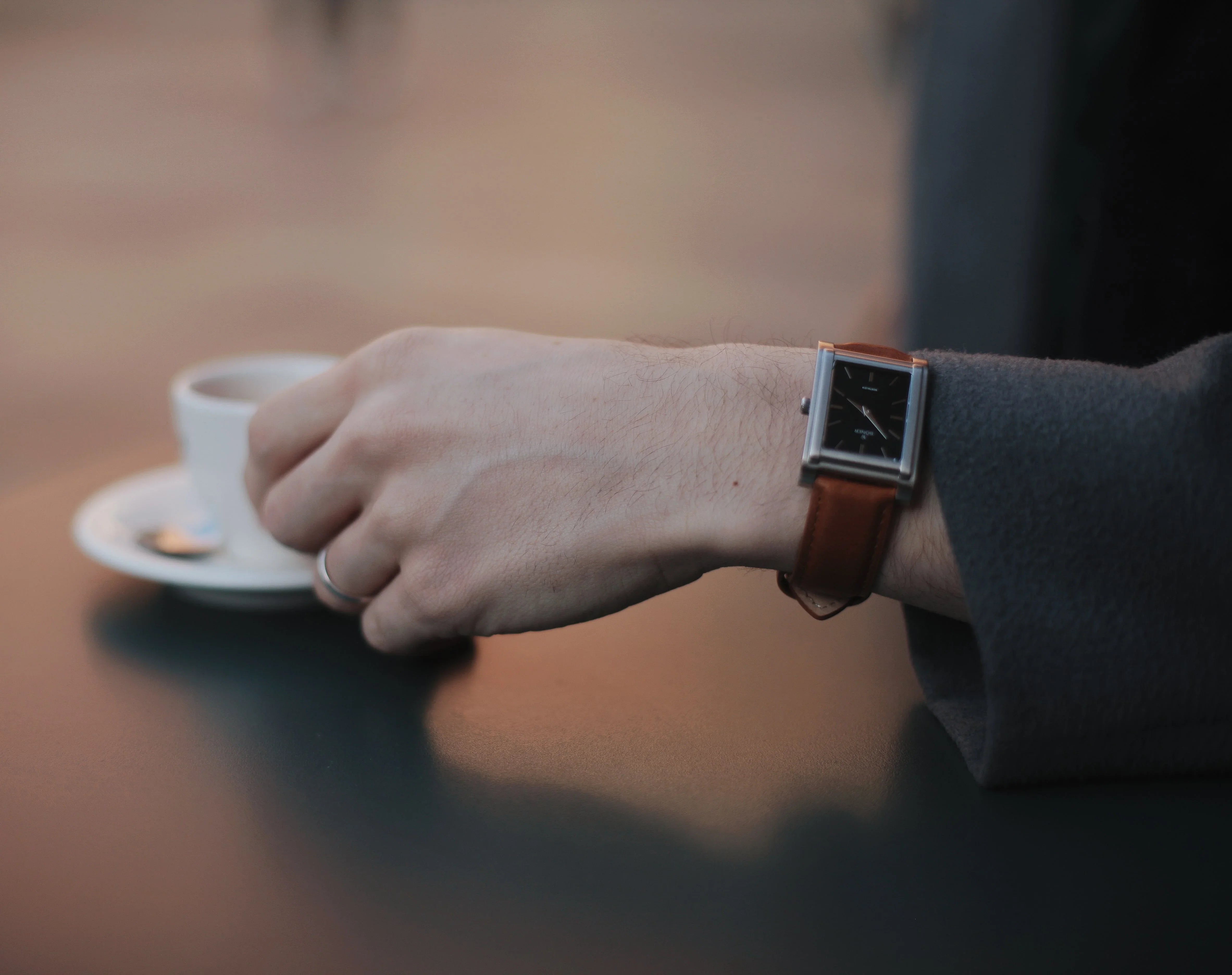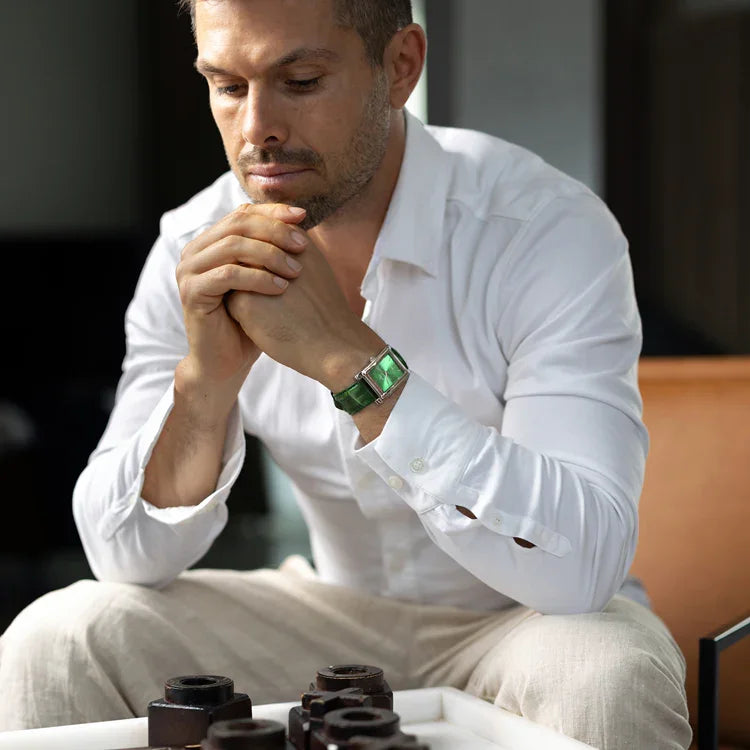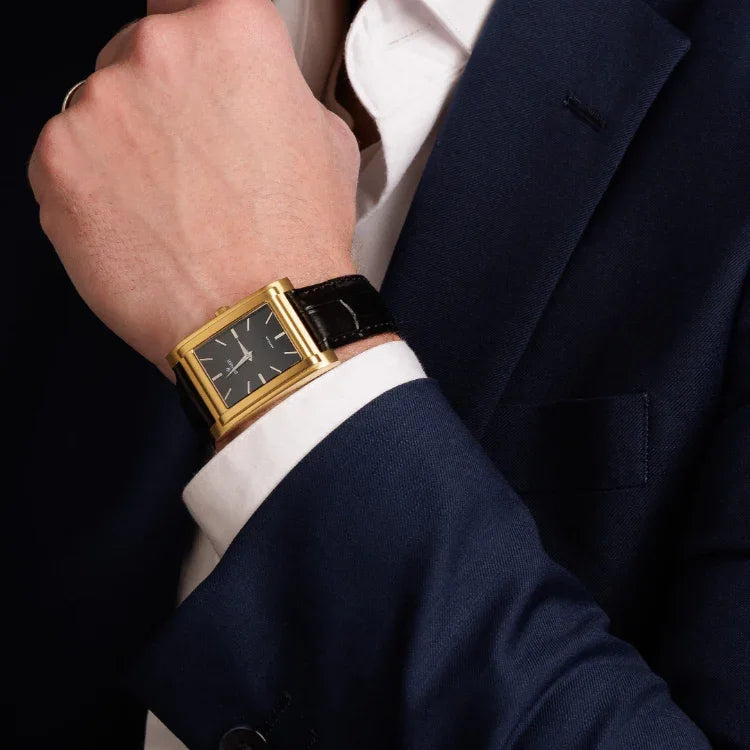Table of Contents
History of Watches Men
The wristwatch is more than just a tool for telling time; it’s a symbol of status, style, and engineering prowess. While many today may take watches for men for granted, the history of the wristwatch is a fascinating journey through time, war, fashion, and technology. This article explores how wristwatches became a staple in men’s fashion, evolving from simple timepieces to essential accessories that speak volumes about the wearer’s personality and taste.

From Pocket Watches to Wristwatches
Before the 20th century, men primarily relied on pocket watches. These were seen as a symbol of wealth and class, carried in waistcoat pockets with a chain elegantly draped across the chest. However, the transition from pocket watches to wristwatches marked a significant turning point in the history of timepieces for men.
The first wristwatches were considered "feminine" accessories, as they were primarily worn by women. It wasn’t until the early 1900s, during World War I, that wristwatches became popular among men. Soldiers needed quick and easy access to time during battle, and the practicality of a wristwatch became clear. These early military watches for men were rugged, functional, and reliable, setting the standard for future designs.

The Rise of Wristwatches in Popular Culture
After the war, the wristwatch gained popularity among civilians. By the 1920s and 1930s, men’s wristwatches had evolved into sophisticated accessories that reflected the wearer’s style and social status. Brands began to experiment with designs, materials, and technology, paving the way for the diversity we see in today’s wristwatches.
Modern Trends in Watches for Men
Today, the market for watches for men is incredibly diverse. From minimalist designs to high-tech smartwatches, there’s a watch for every style, need, and budget. However, one trend that has remained consistent is the desire for a watch that stands out. While round watches continue to dominate the market, there’s been a resurgence in the popularity of rectangular and square watches, driven by a desire for something unique and bold.
Brands like Söner Watches are leading this resurgence by offering exclusive rectangular designs that cater to men who value individuality and craftsmanship. These timepieces not only break away from the norm but also provide a sense of timeless elegance that’s hard to find in mass-produced, round watches.

The Watch as a Status Symbol
Watches for men have long been associated with status and wealth. Whether it's a luxury mechanical watch or a high-tech smartwatch, the type of watch a man wears says a lot about his personality and lifestyle. For example, a sleek rectangular watch from Söner Watches may signal a love for classic style and an appreciation for meticulous craftsmanship.
Over time, watches have evolved into symbols of success, used to mark major life events such as graduations, weddings, and promotions. A well-chosen watch can serve as a lifelong companion and a reminder of personal milestones.
Why Rectangular Watches are Making a Comeback
Rectangular watches may not be the norm, but that’s exactly what makes them so appealing. In a world filled with round timepieces, rectangular designs offer a fresh alternative for men who want to stand out. This shape has a rich history in watchmaking, particularly during the Art Deco period, and continues to resonate with men who appreciate timeless design.
Rectangular watches also provide a unique balance between elegance and boldness. Their clean lines and sharp angles create a striking appearance, making them perfect for both formal and casual settings. Whether you’re dressing up for a special occasion or simply want a watch that reflects your individuality, rectangular watches are a fantastic choice.

Conclusion: Watches for Men—More Than Just Timepieces
Watches for men have come a long way since their early days as functional military tools. Today, they represent much more than just a way to keep time—they are symbols of style, status, and personal expression. Whether you’re drawn to the bold geometry of rectangular watches or the classic appeal of round designs, there’s no denying the impact a watch can have on your wardrobe and your confidence.
If you’re looking for a watch that truly stands out, consider exploring the collection at Söner Watches. With their commitment to rectangular designs and exceptional craftsmanship, Söner offers timepieces that go beyond the ordinary. Make your mark with a watch that’s as unique as you are.
